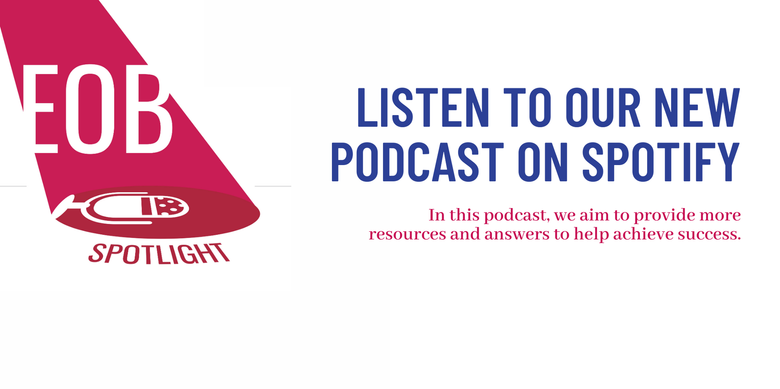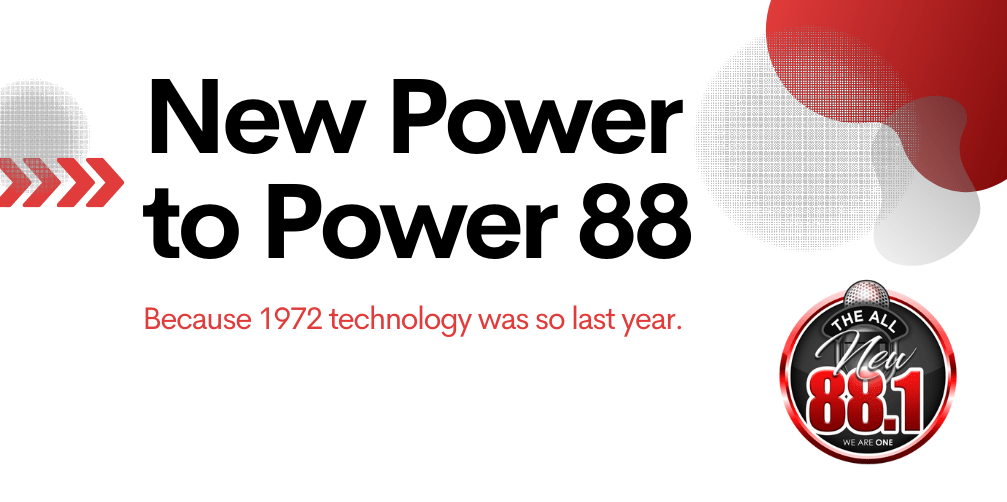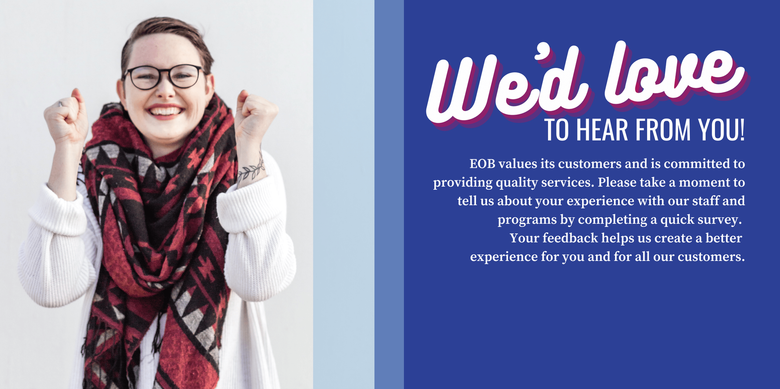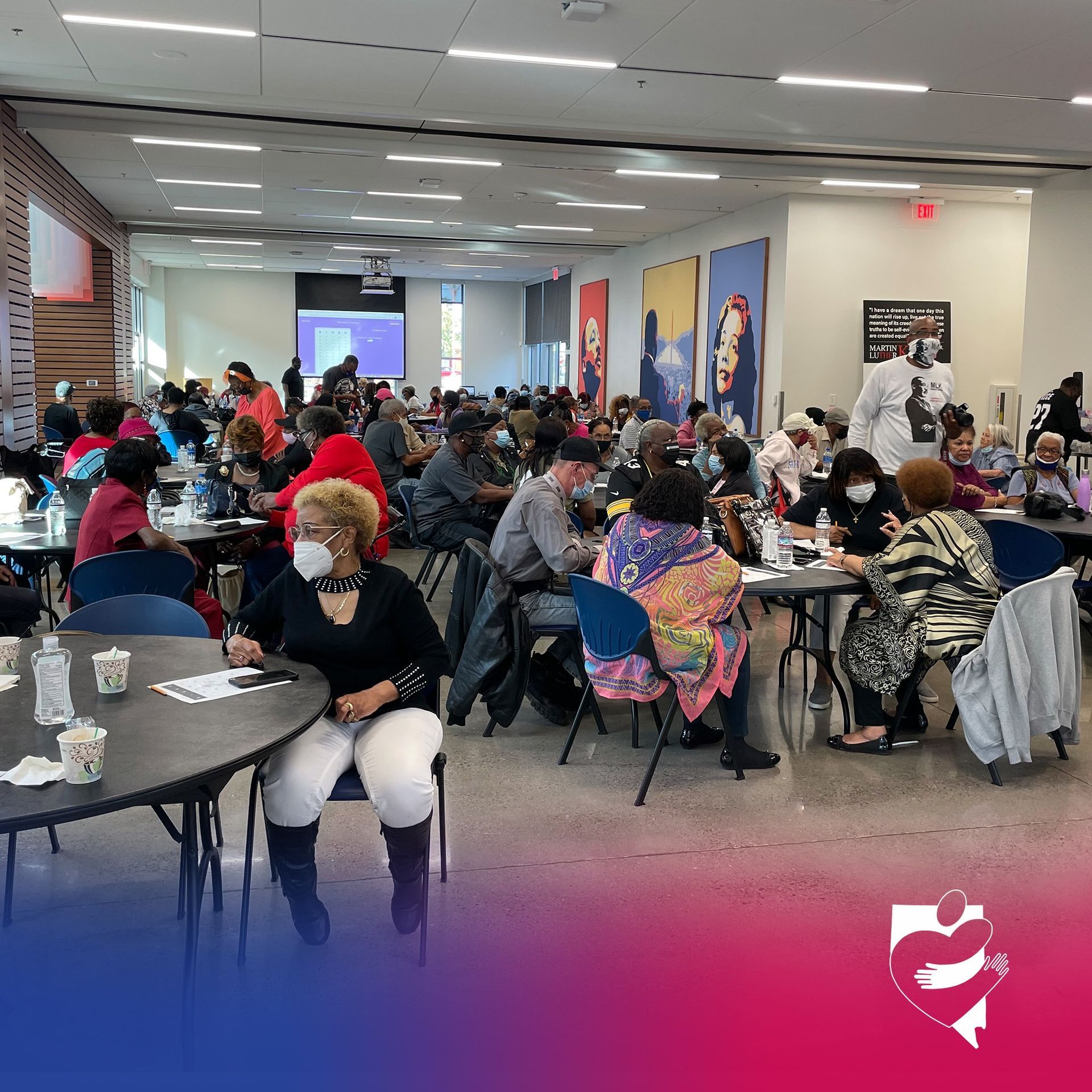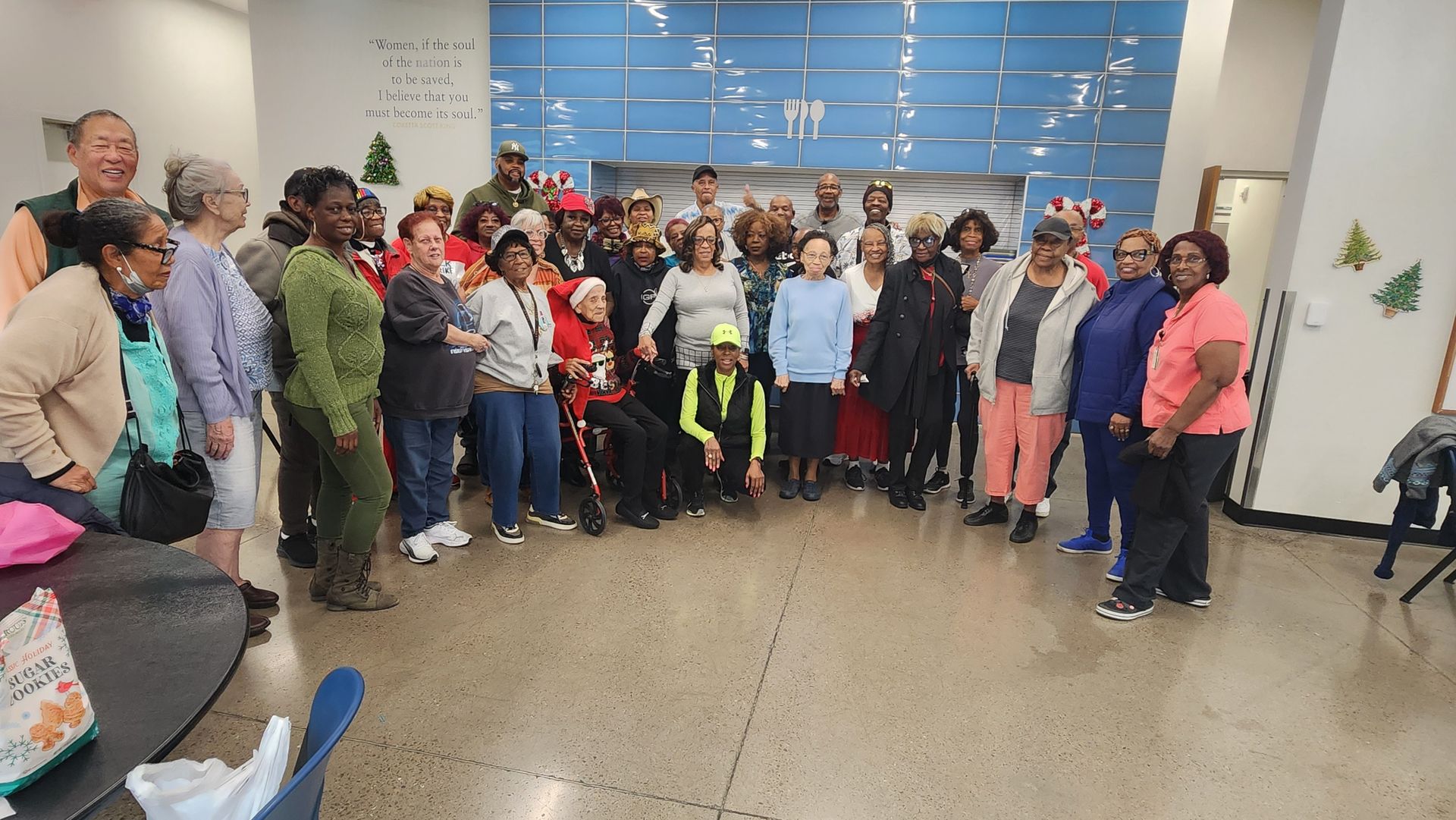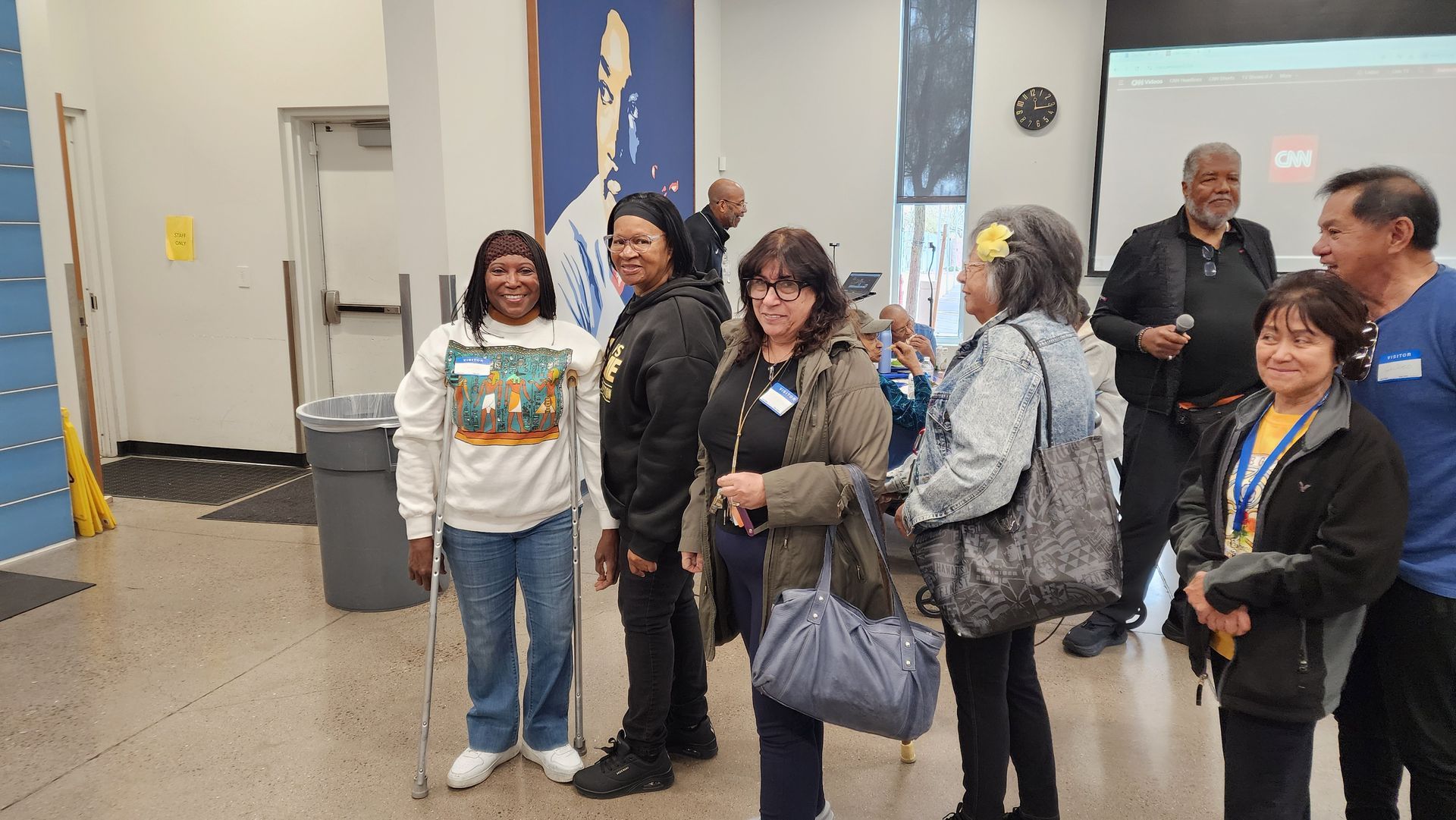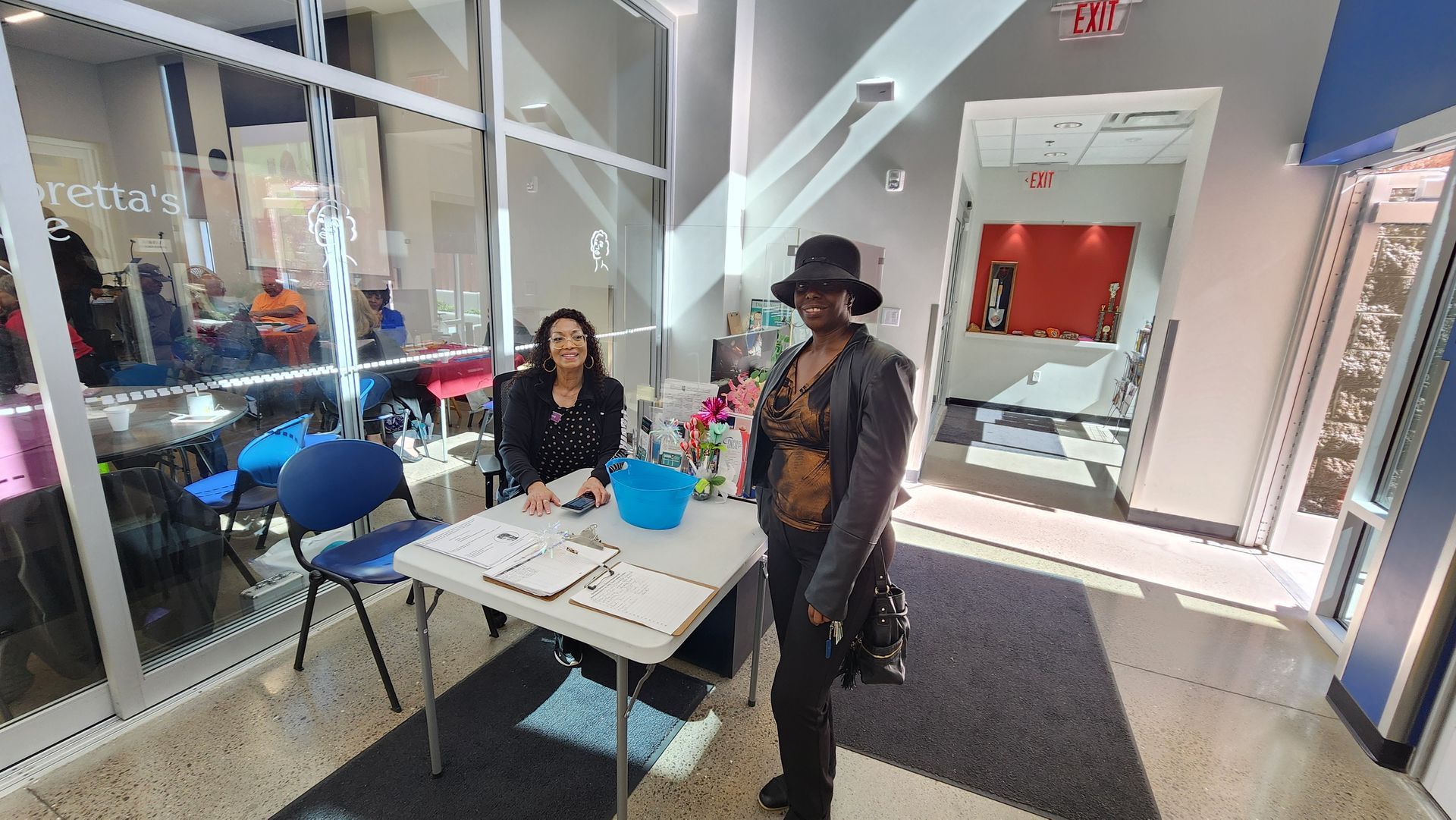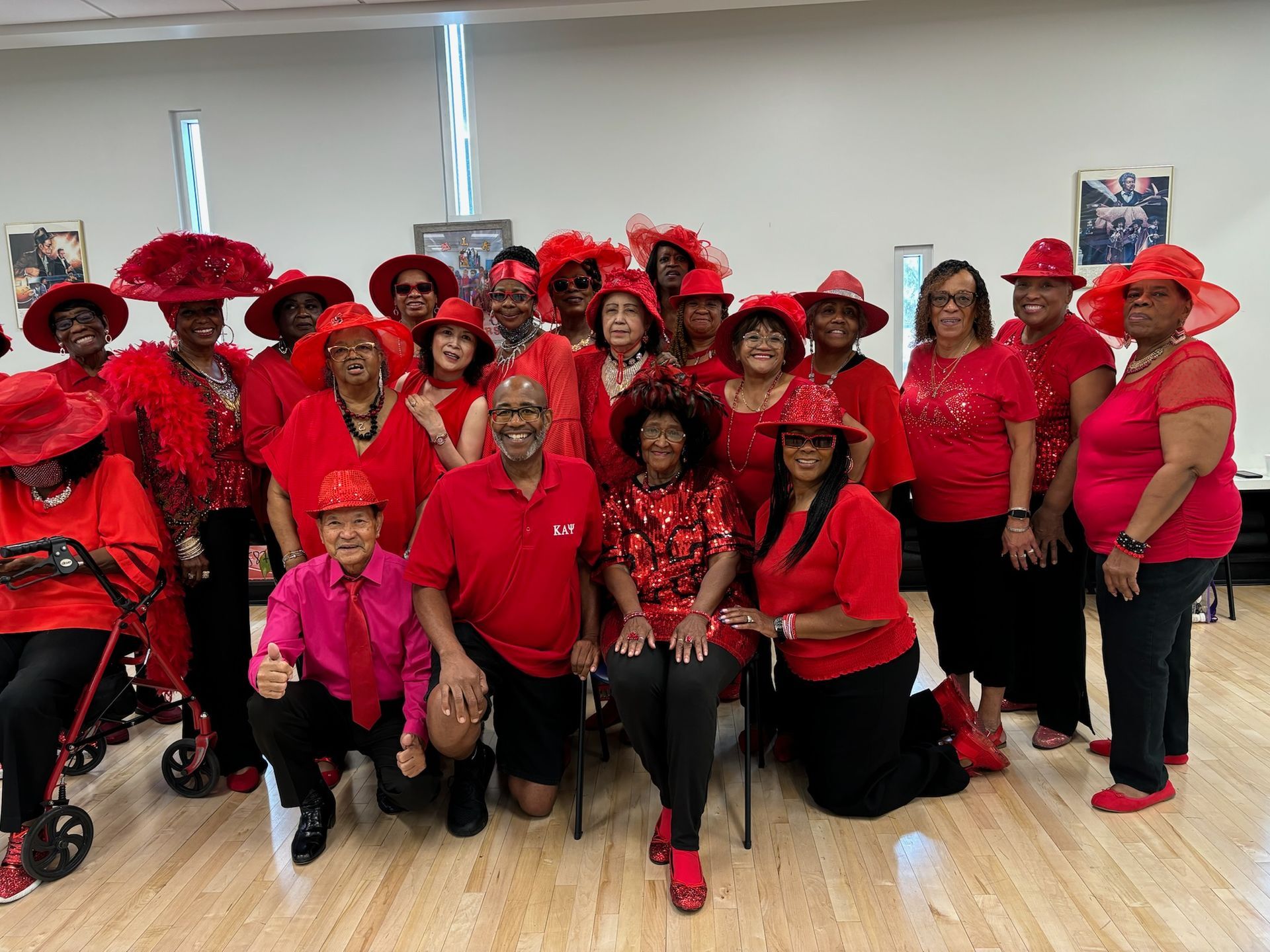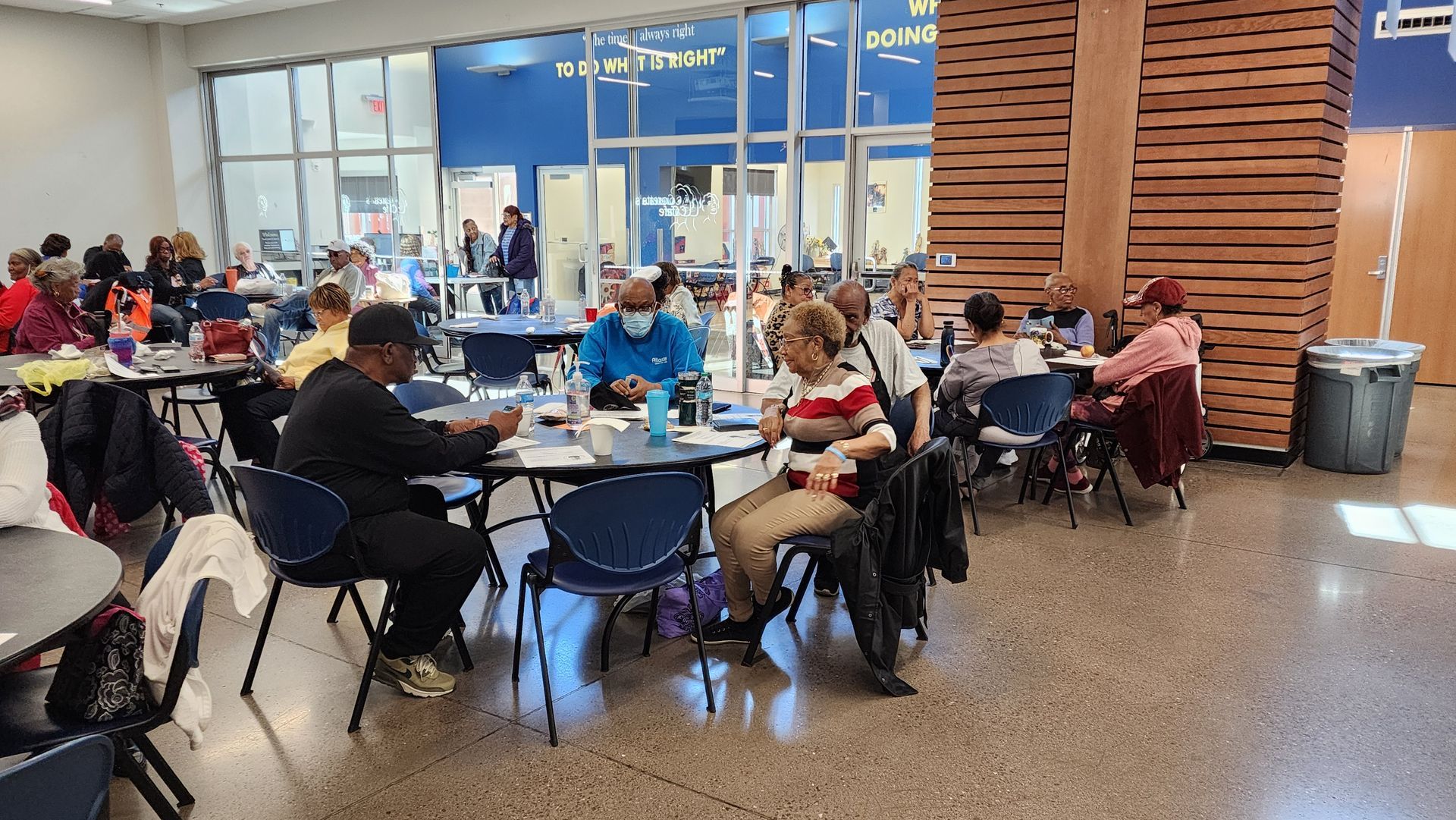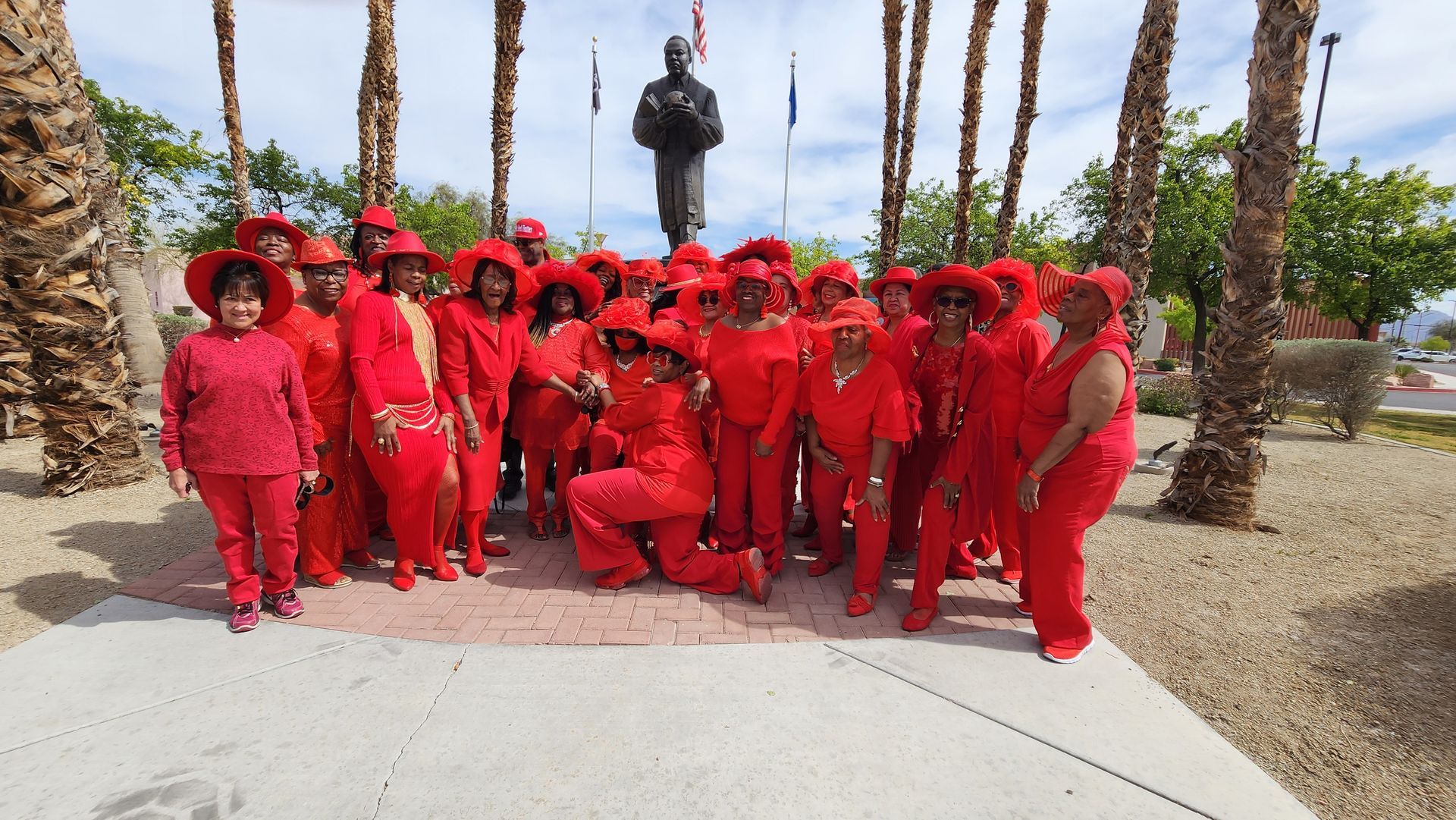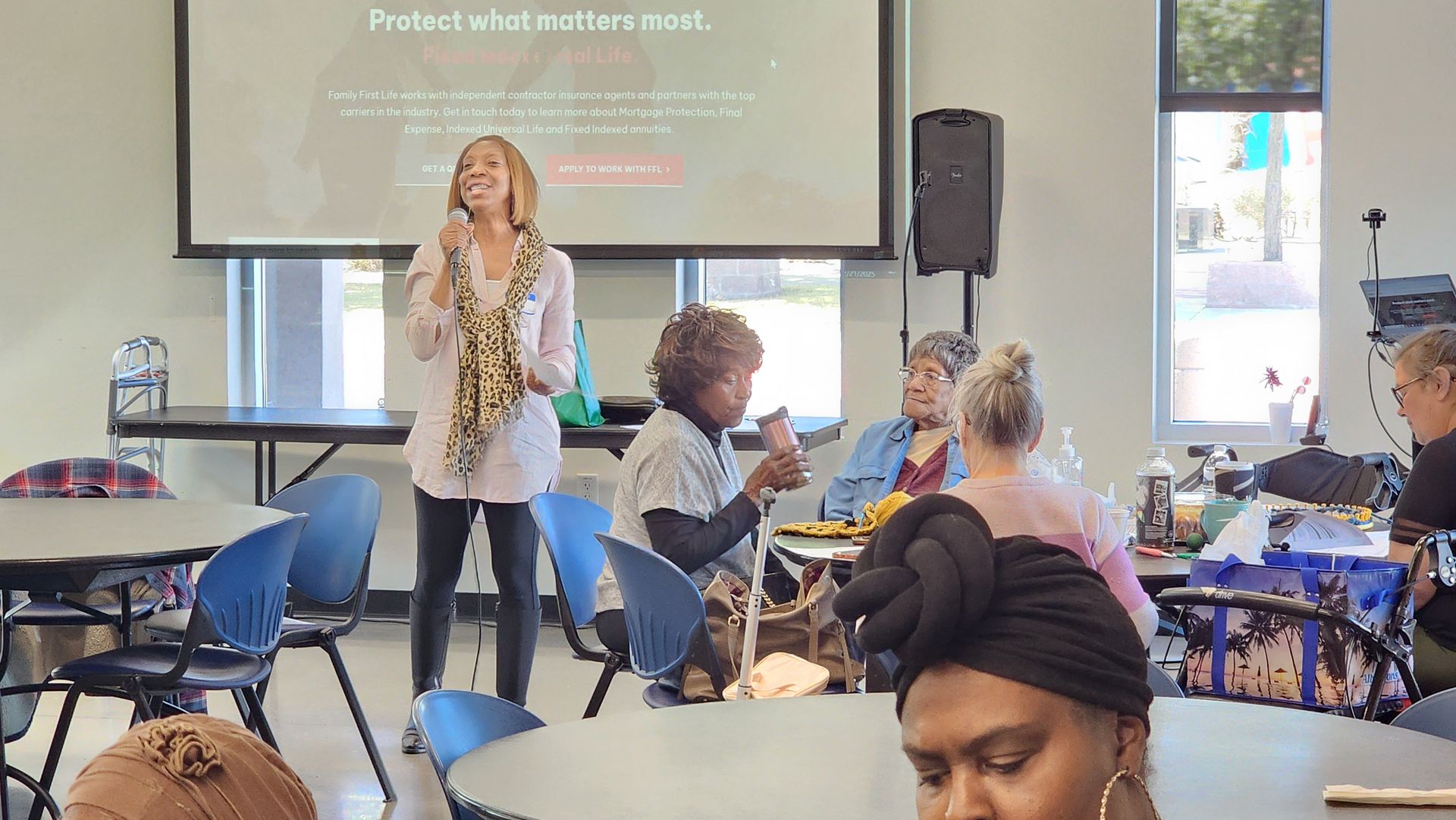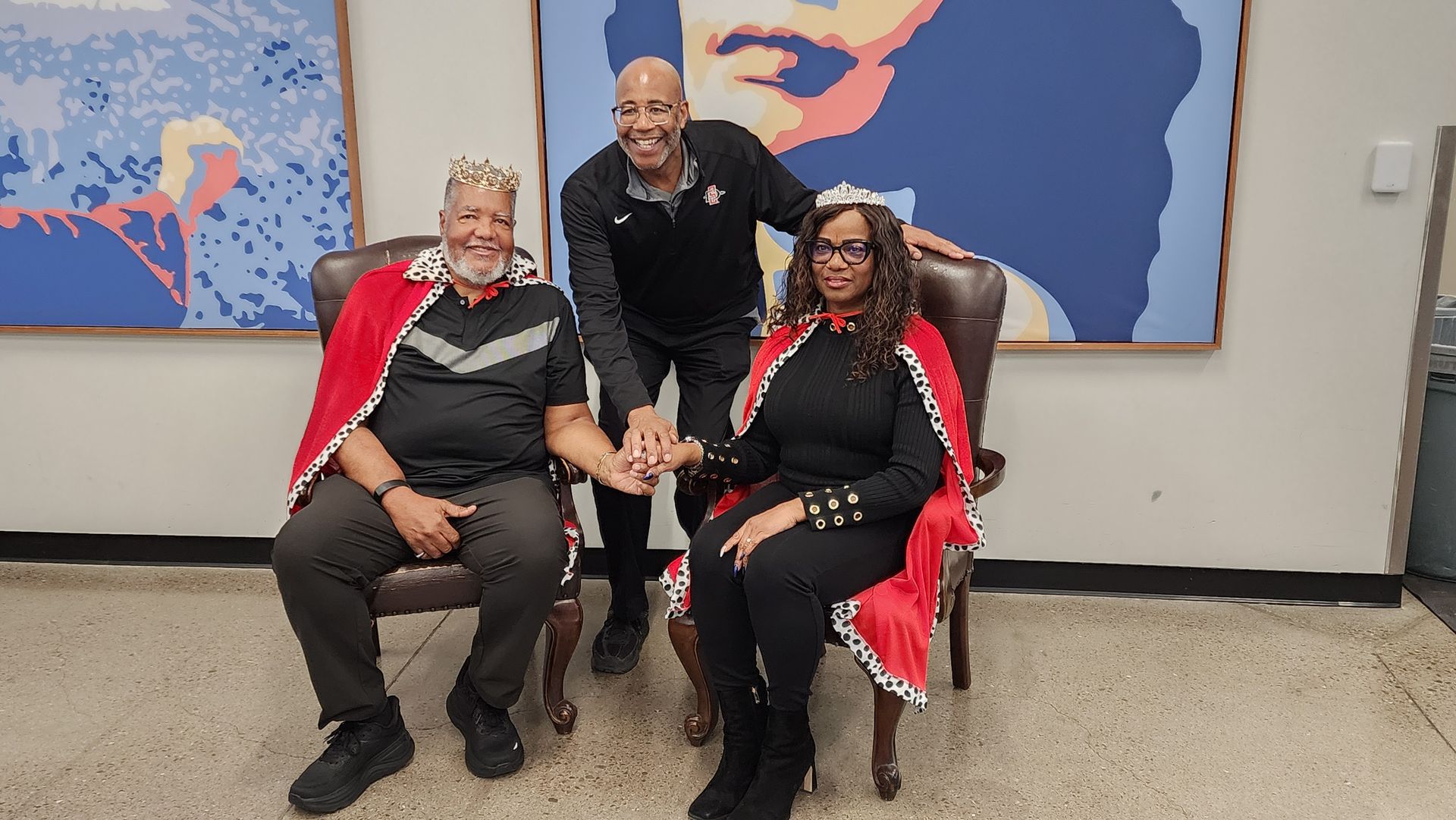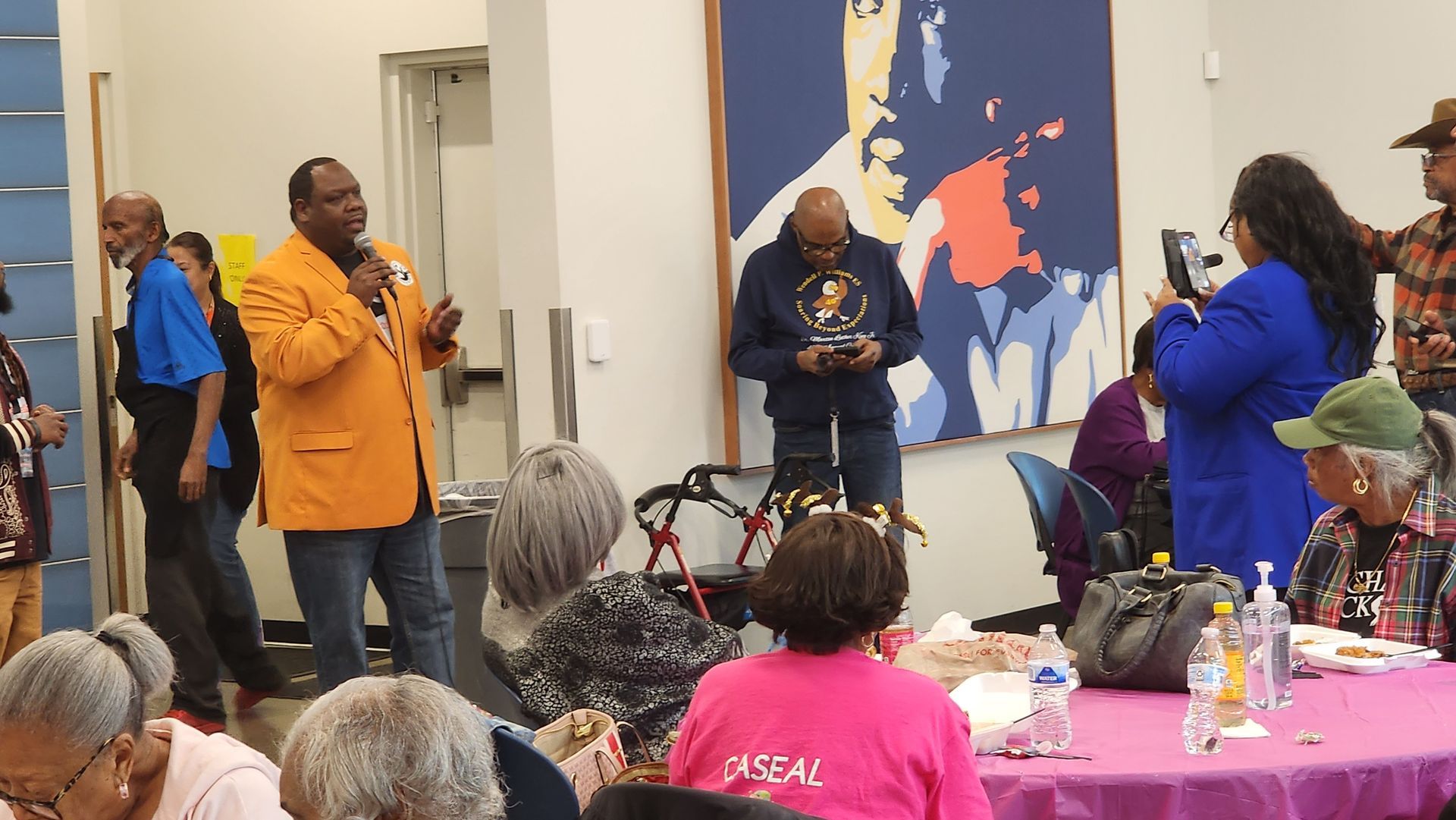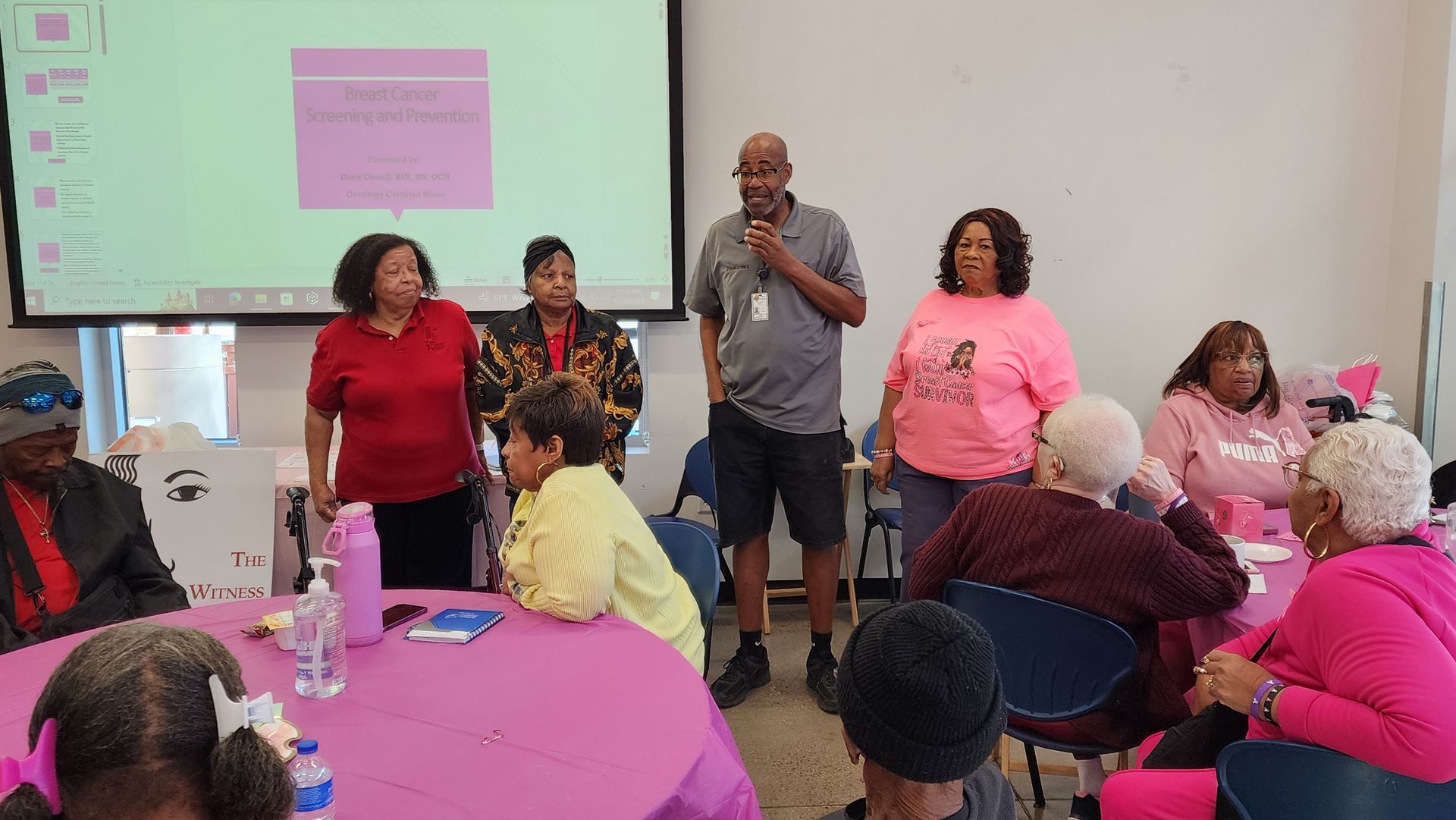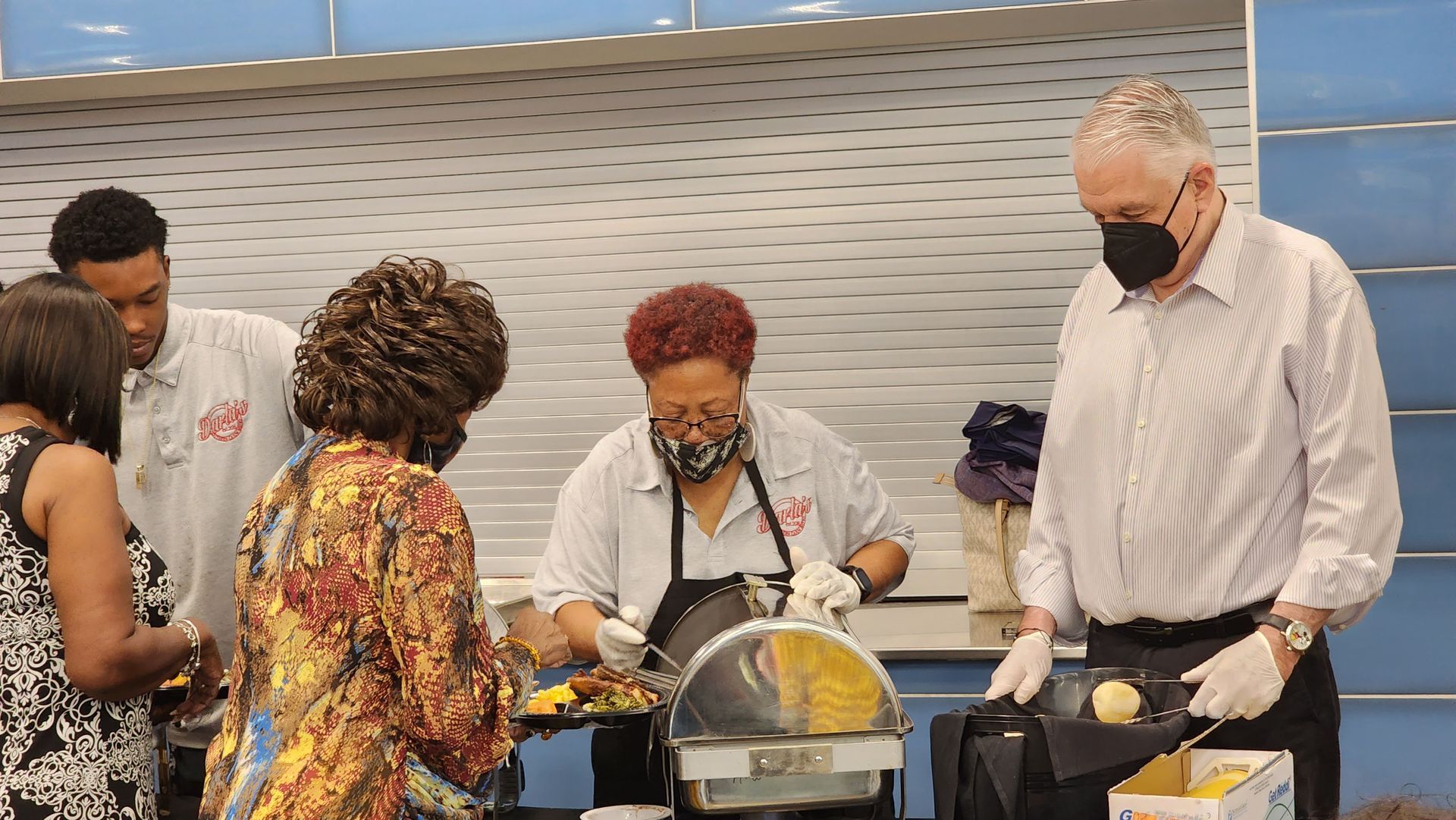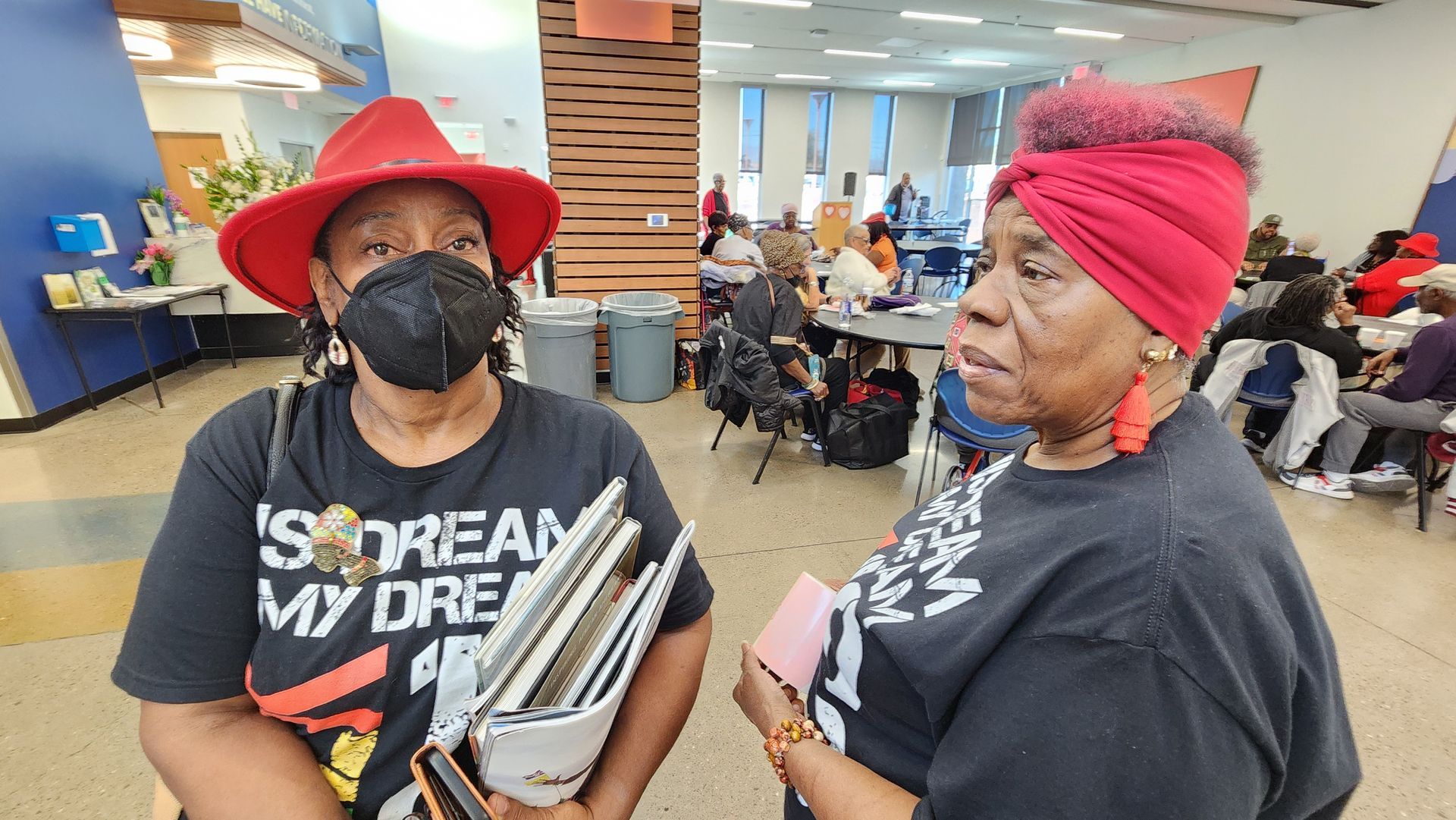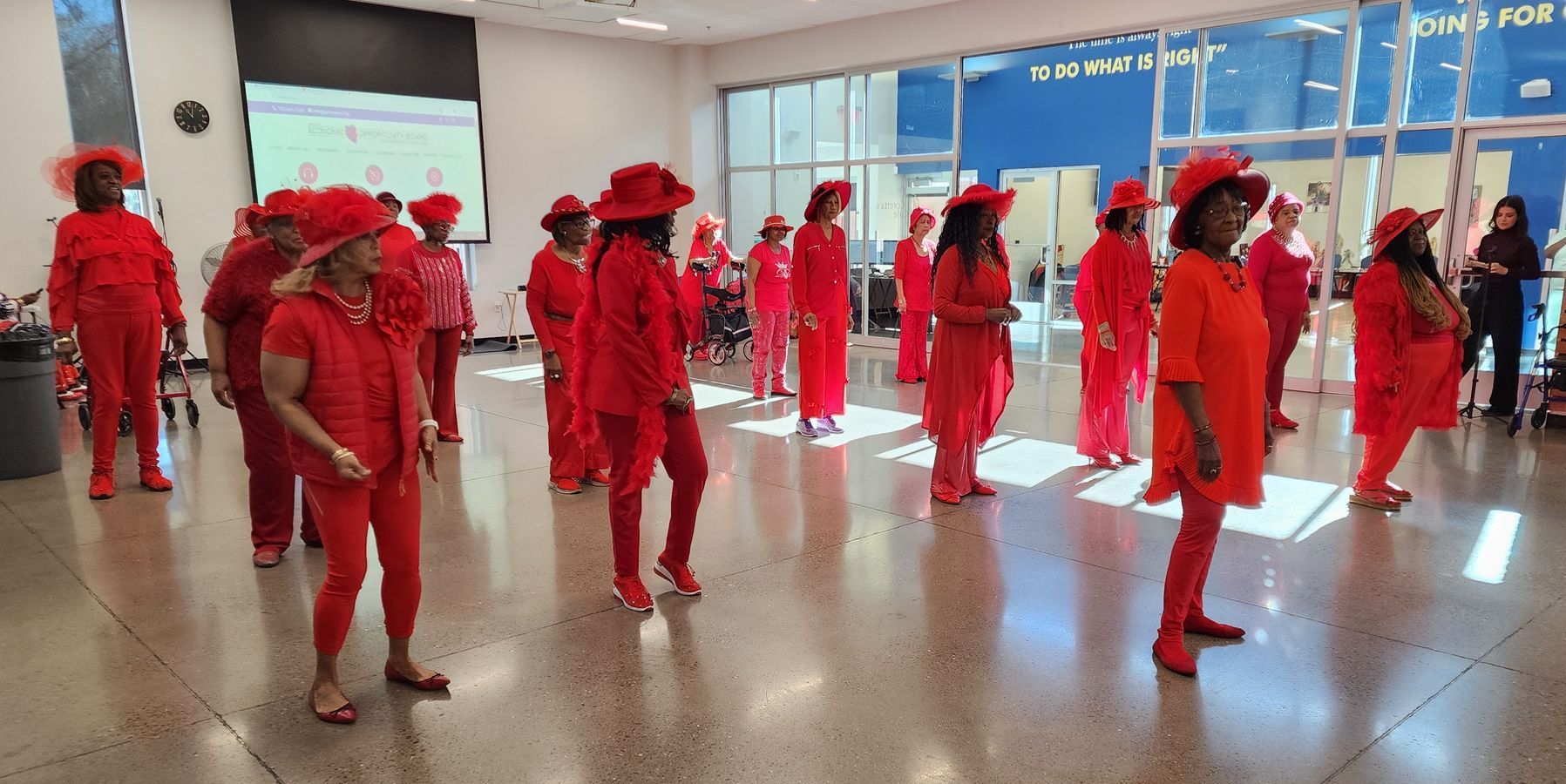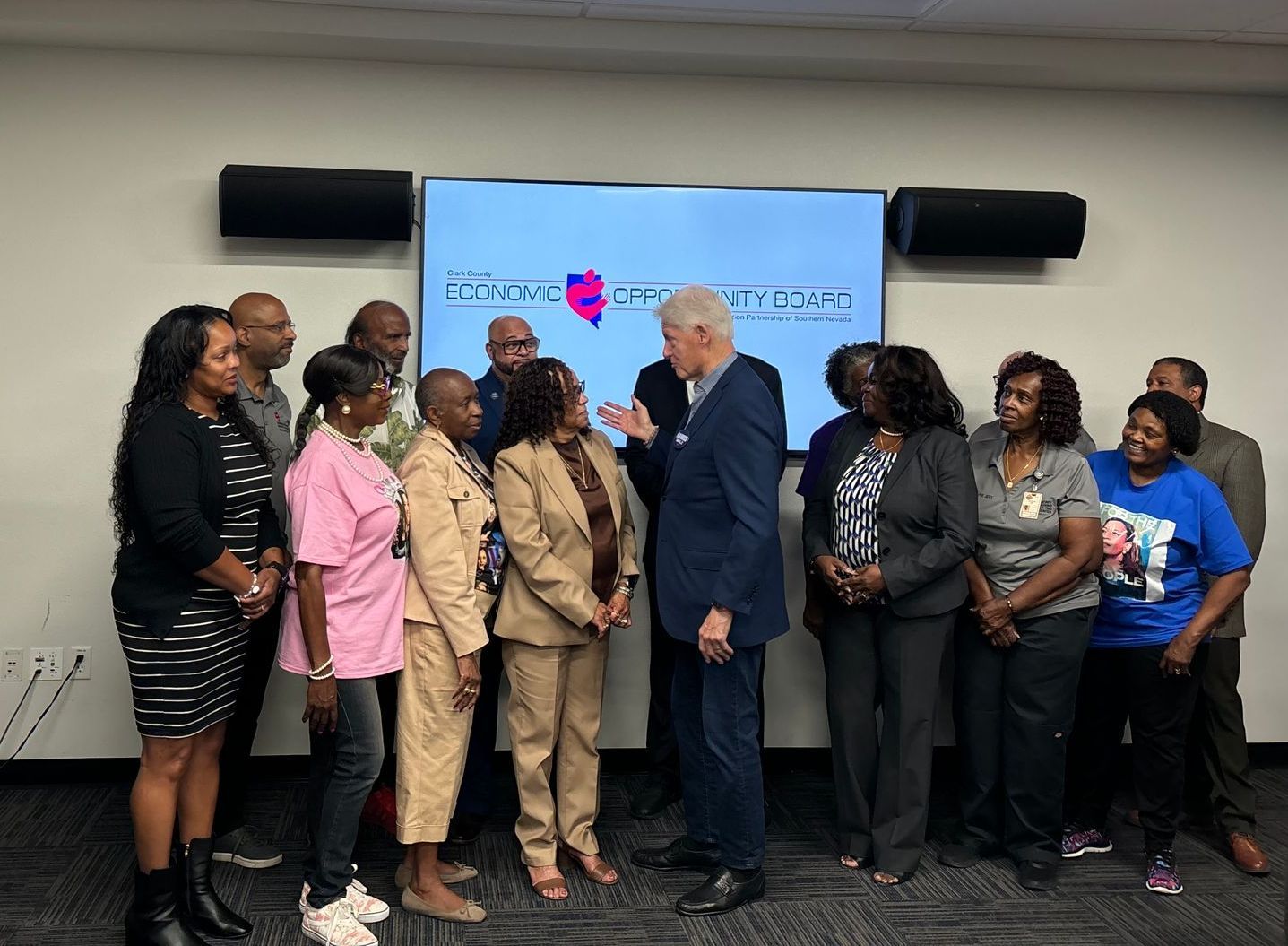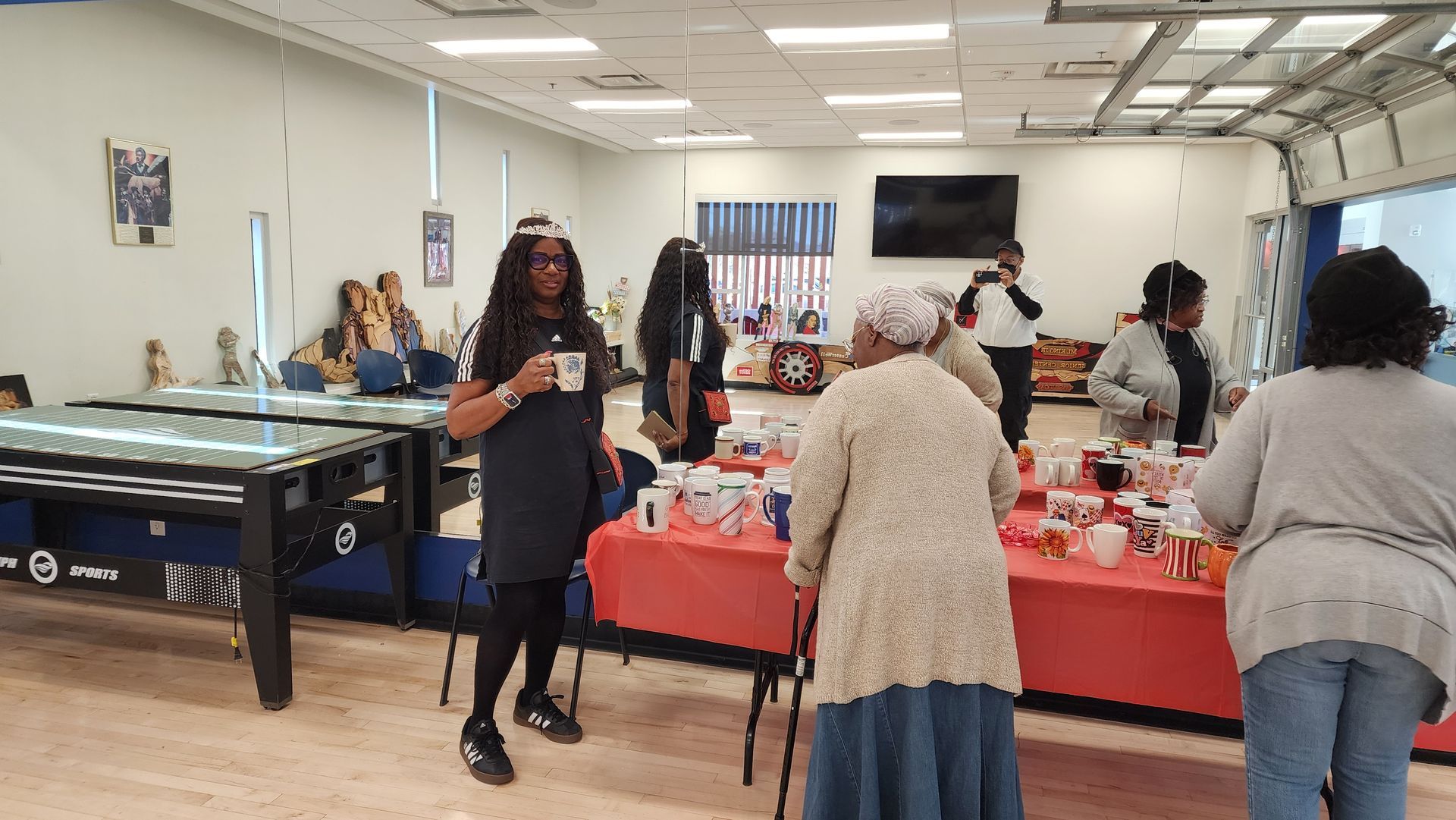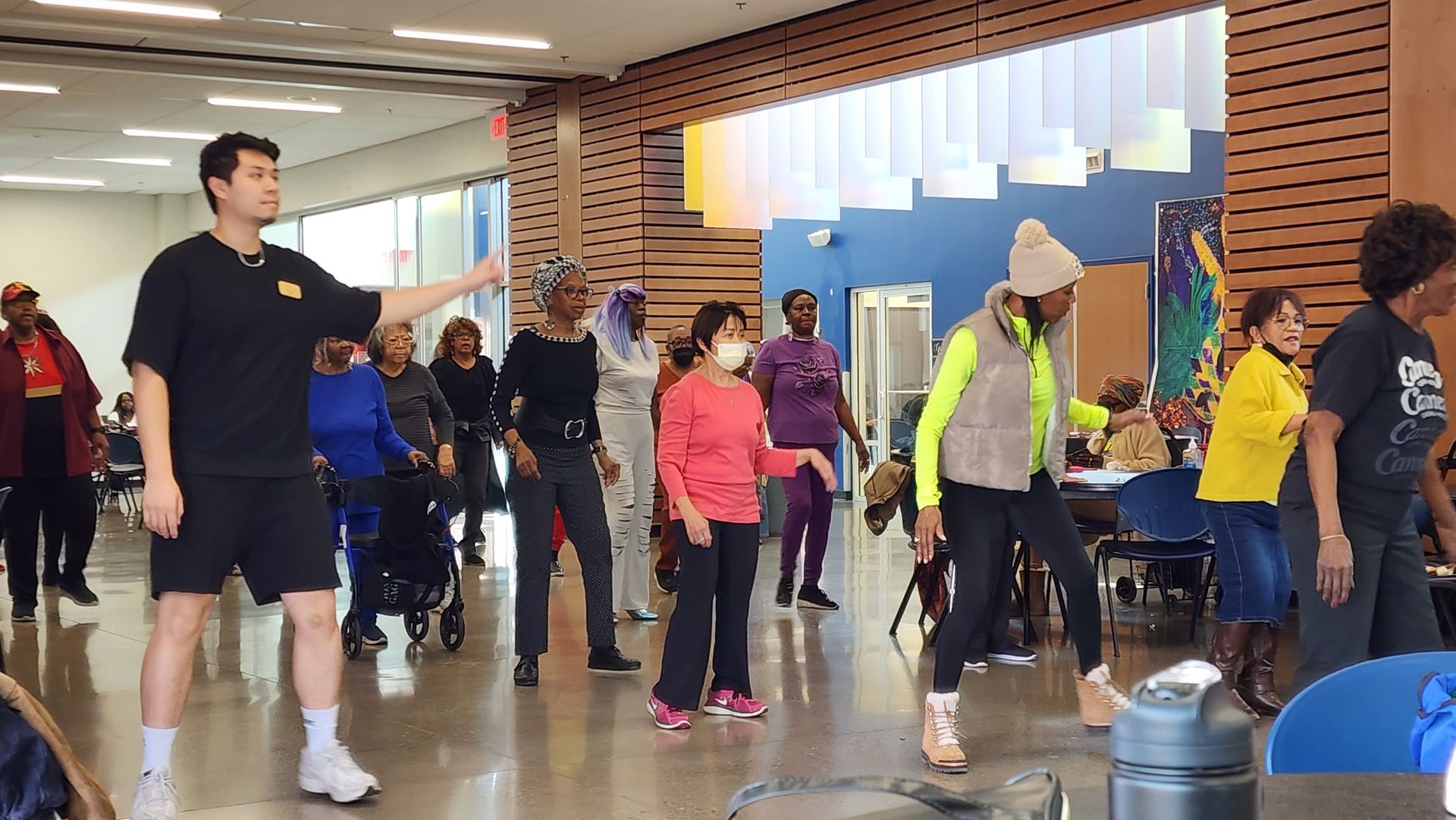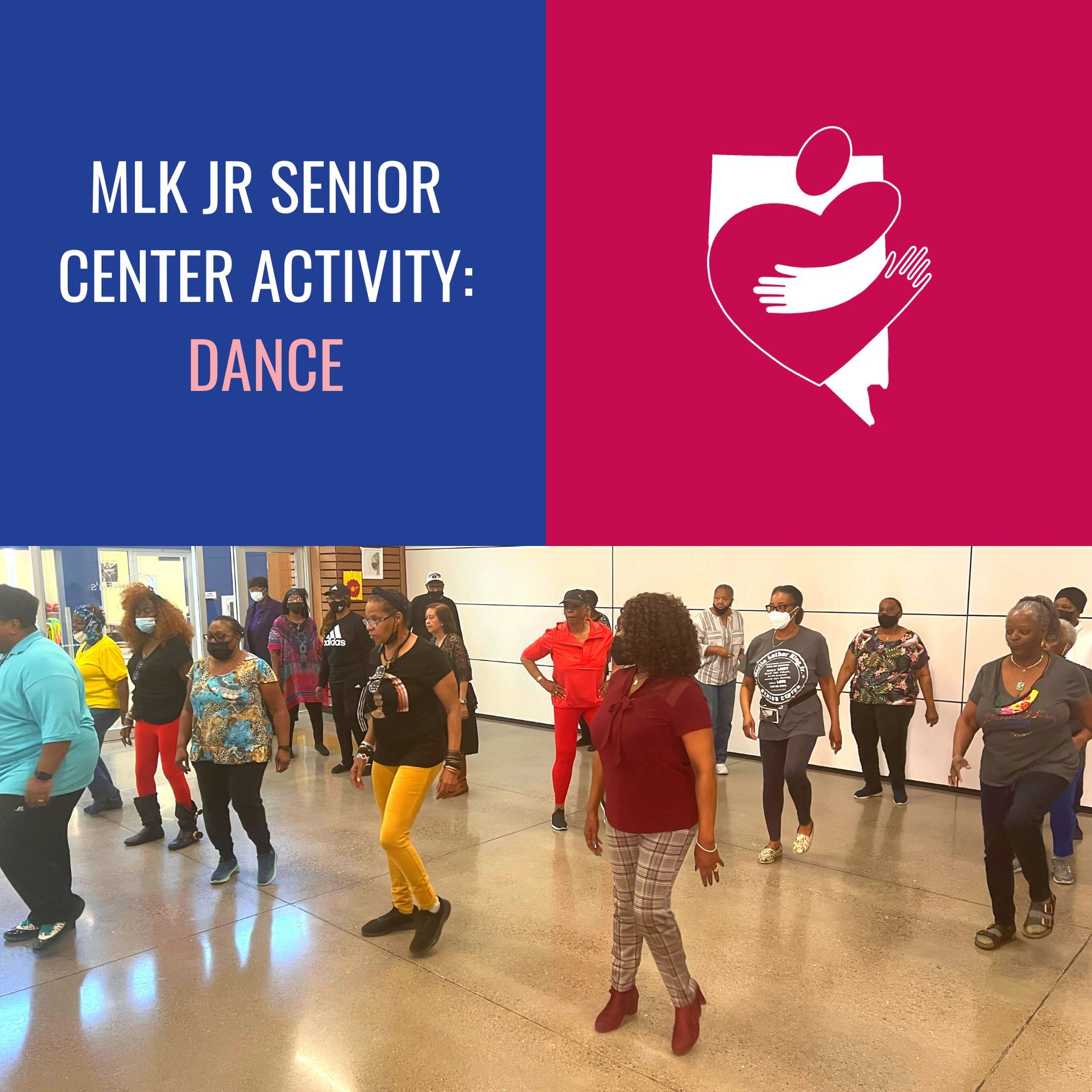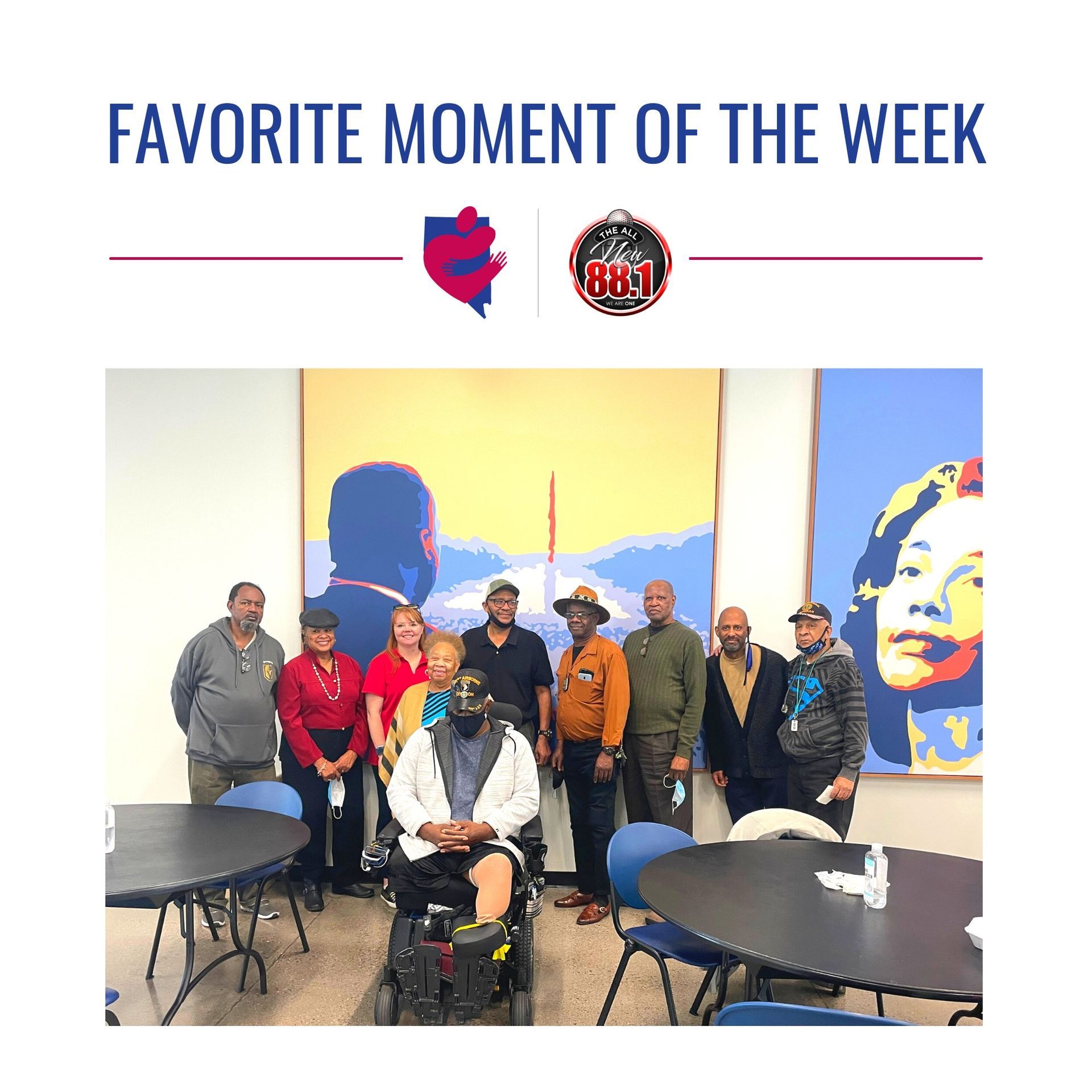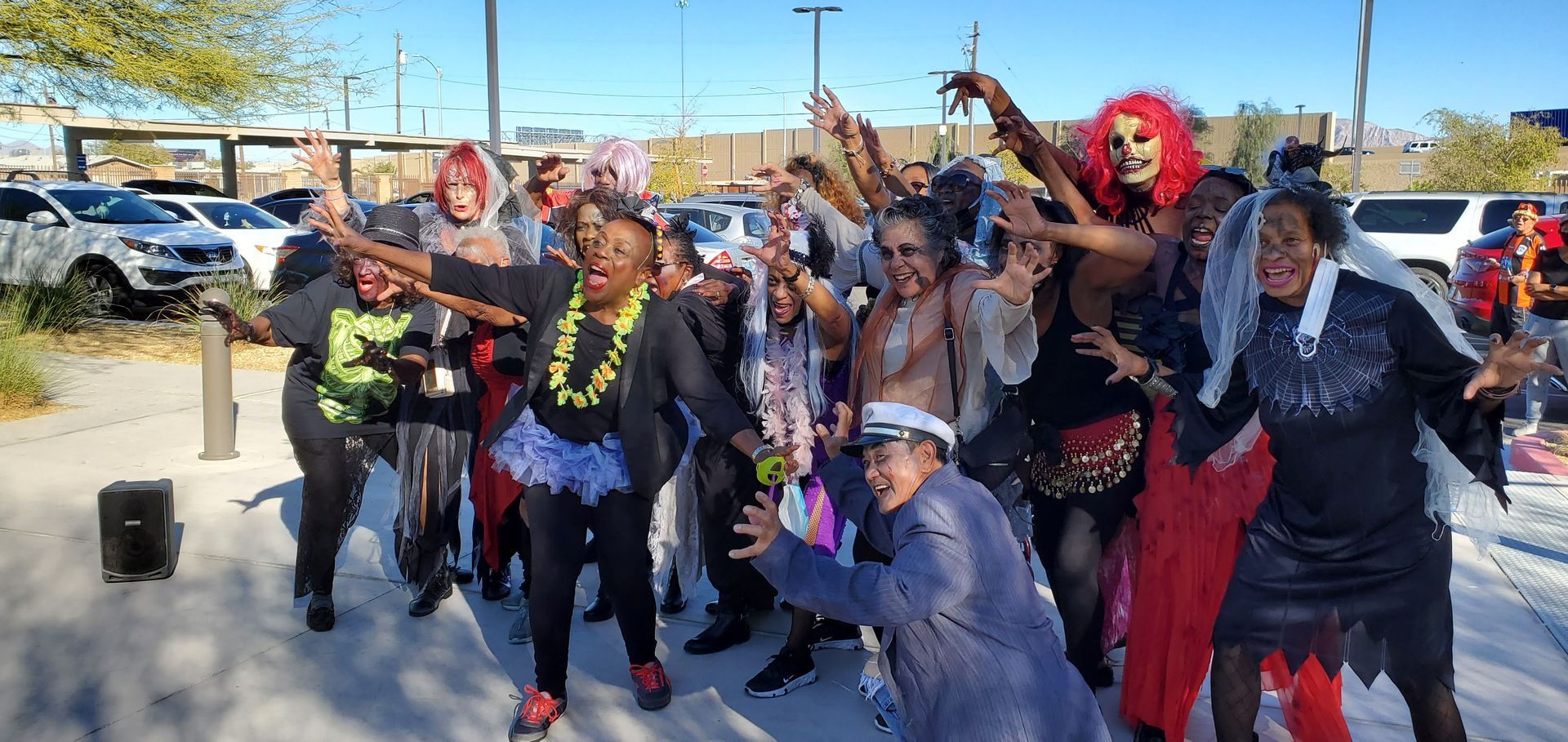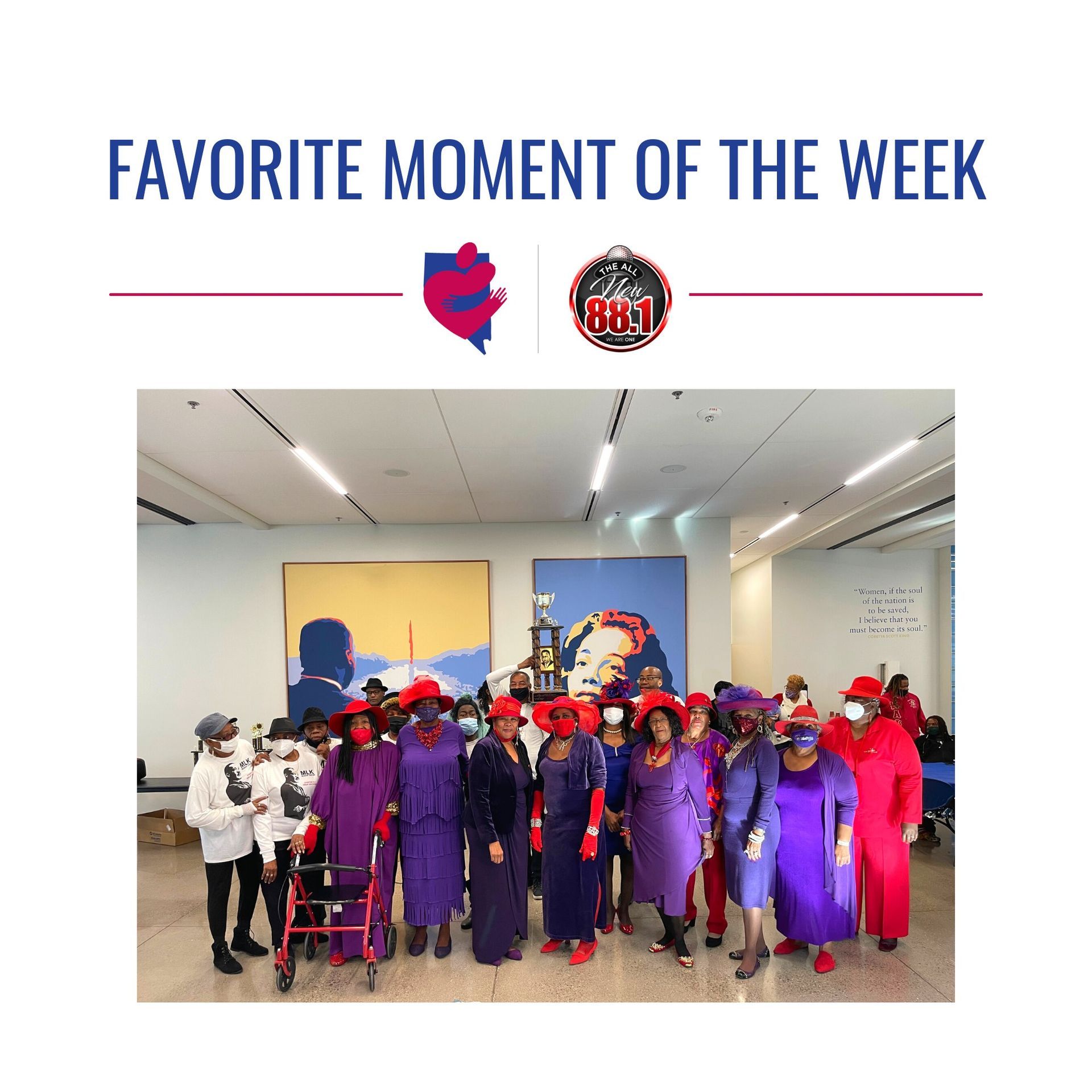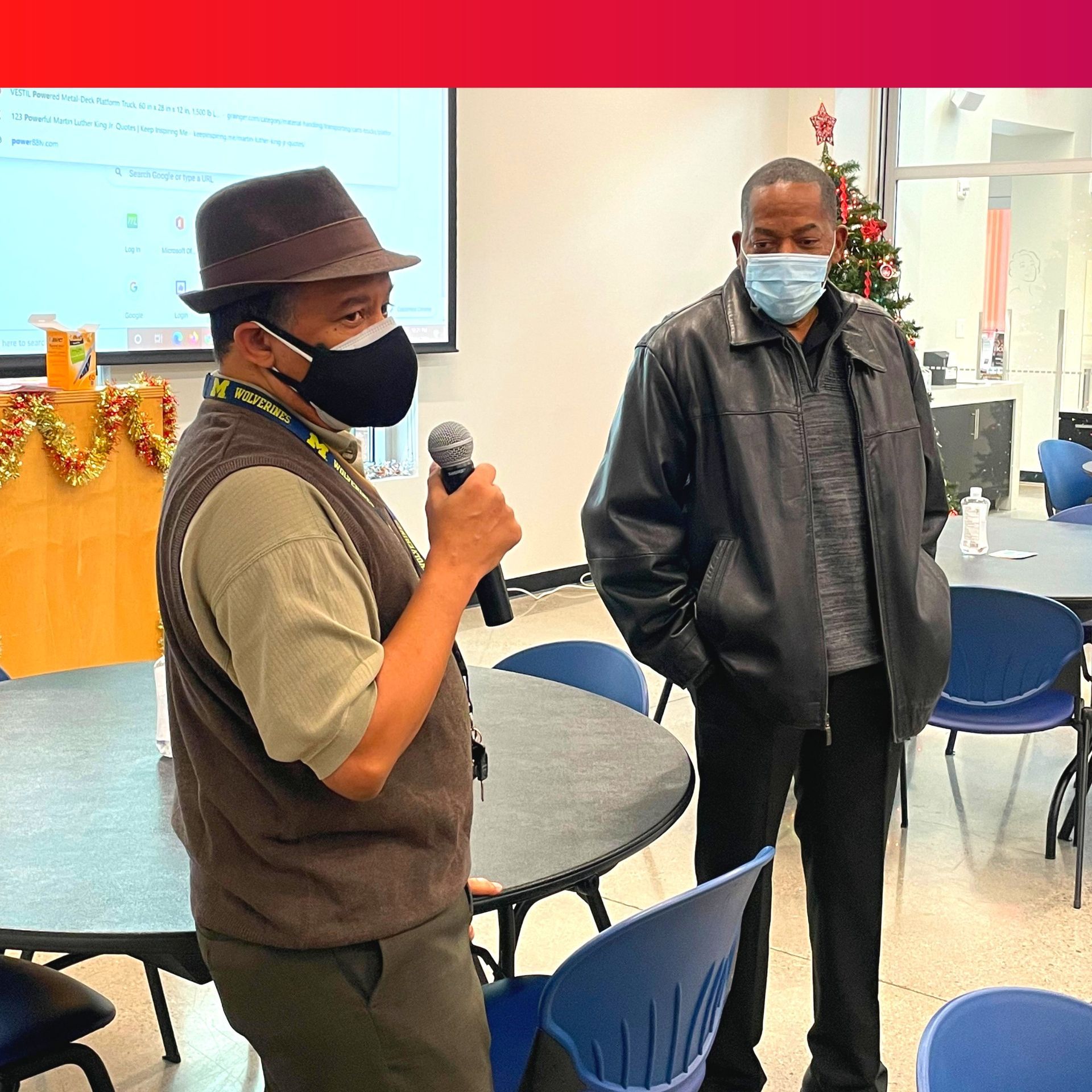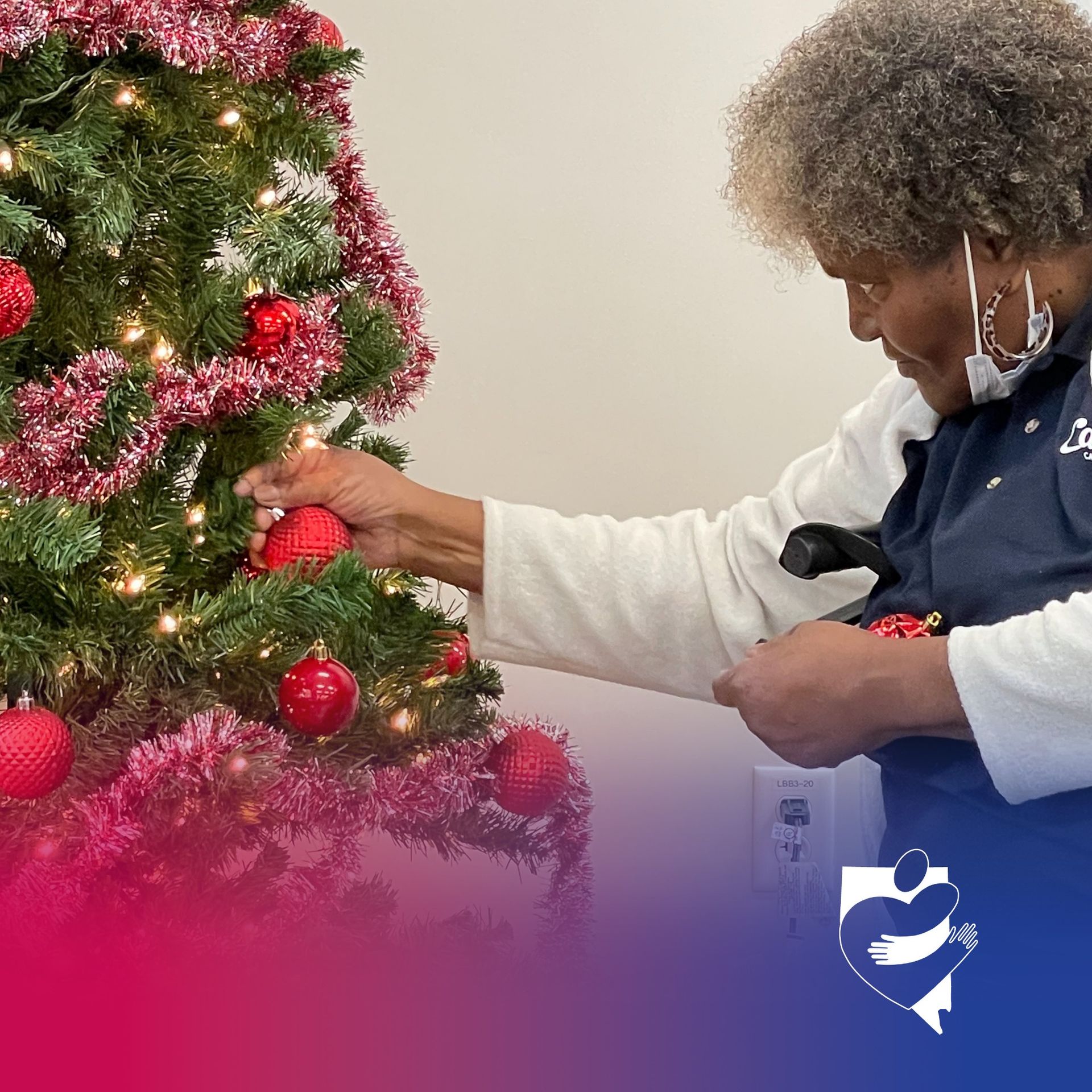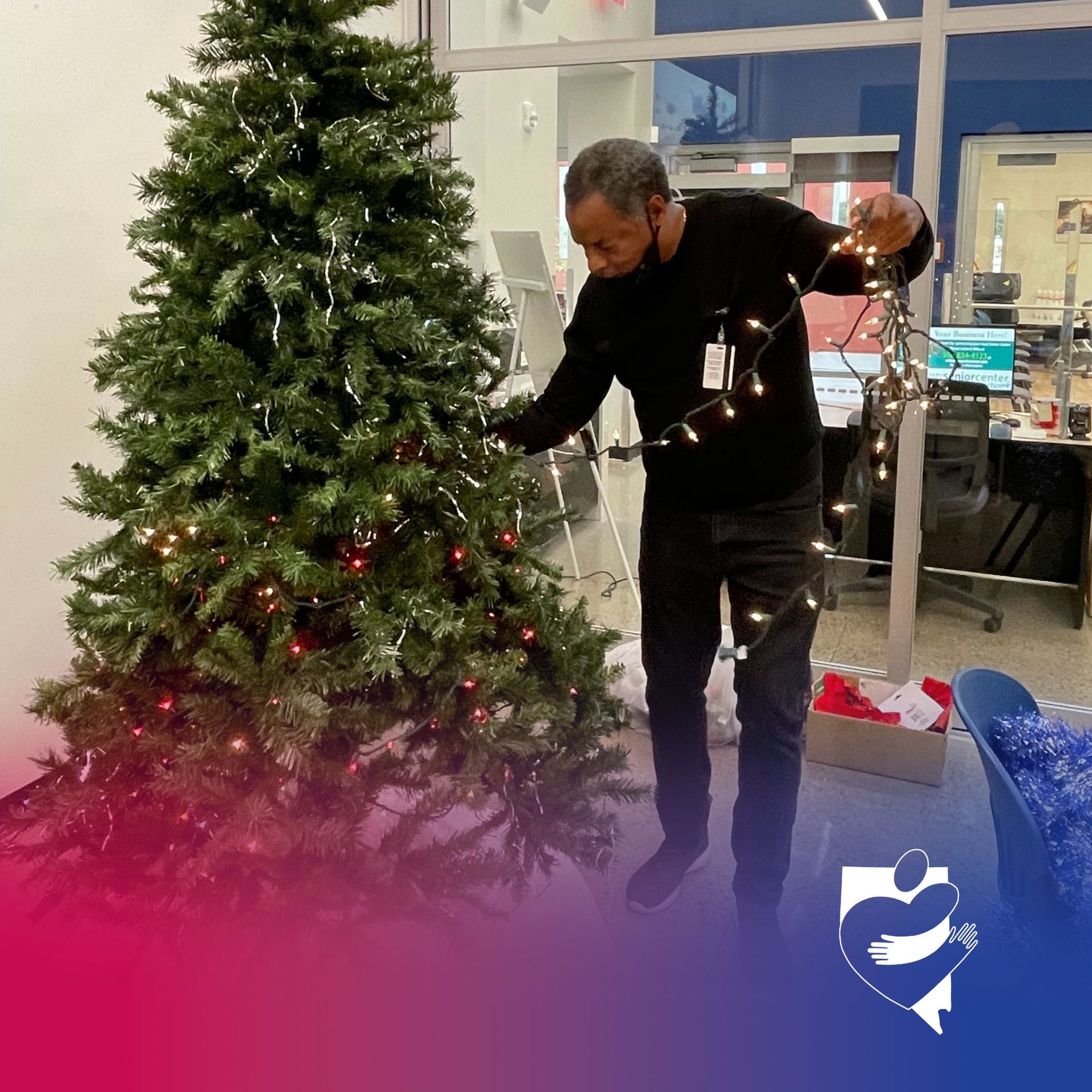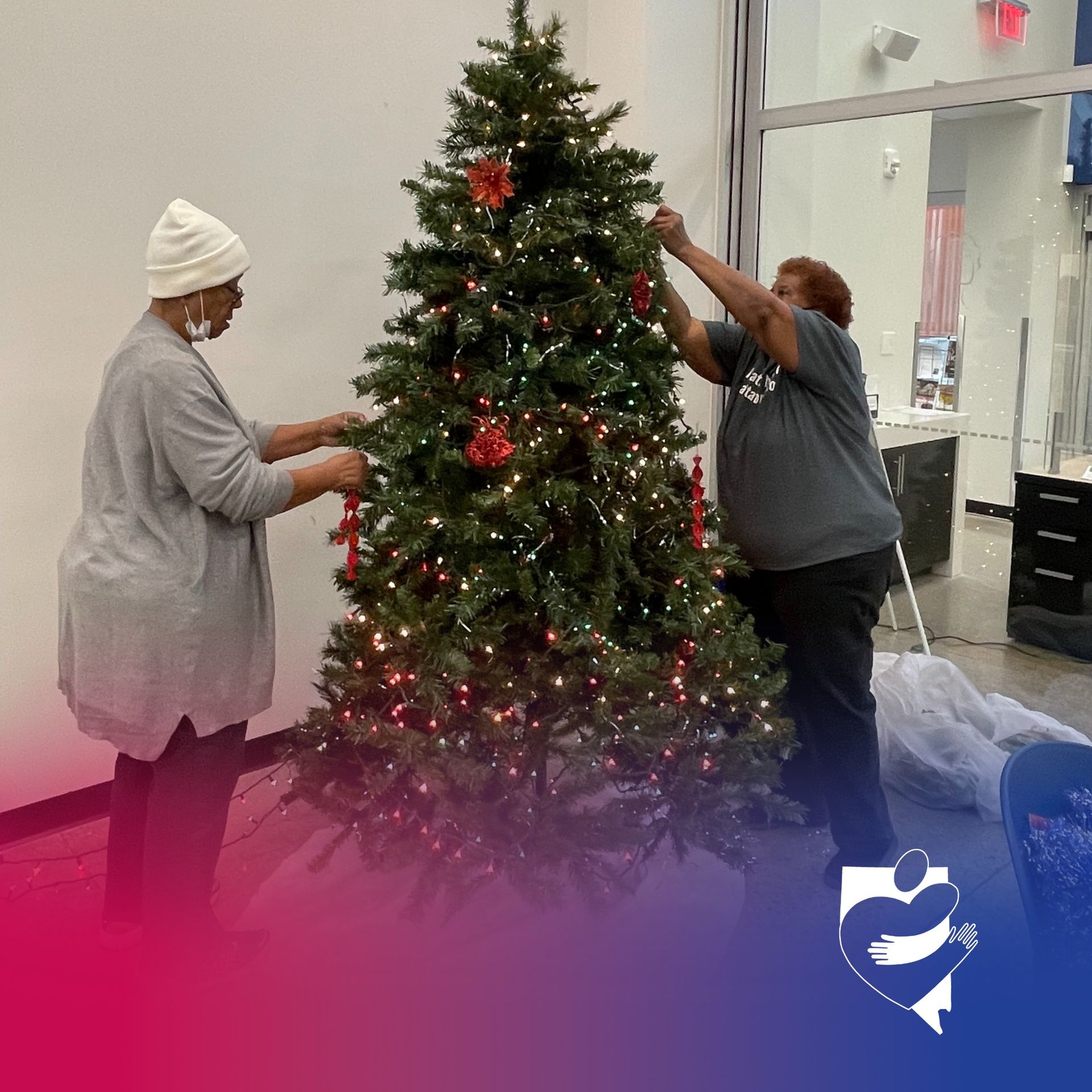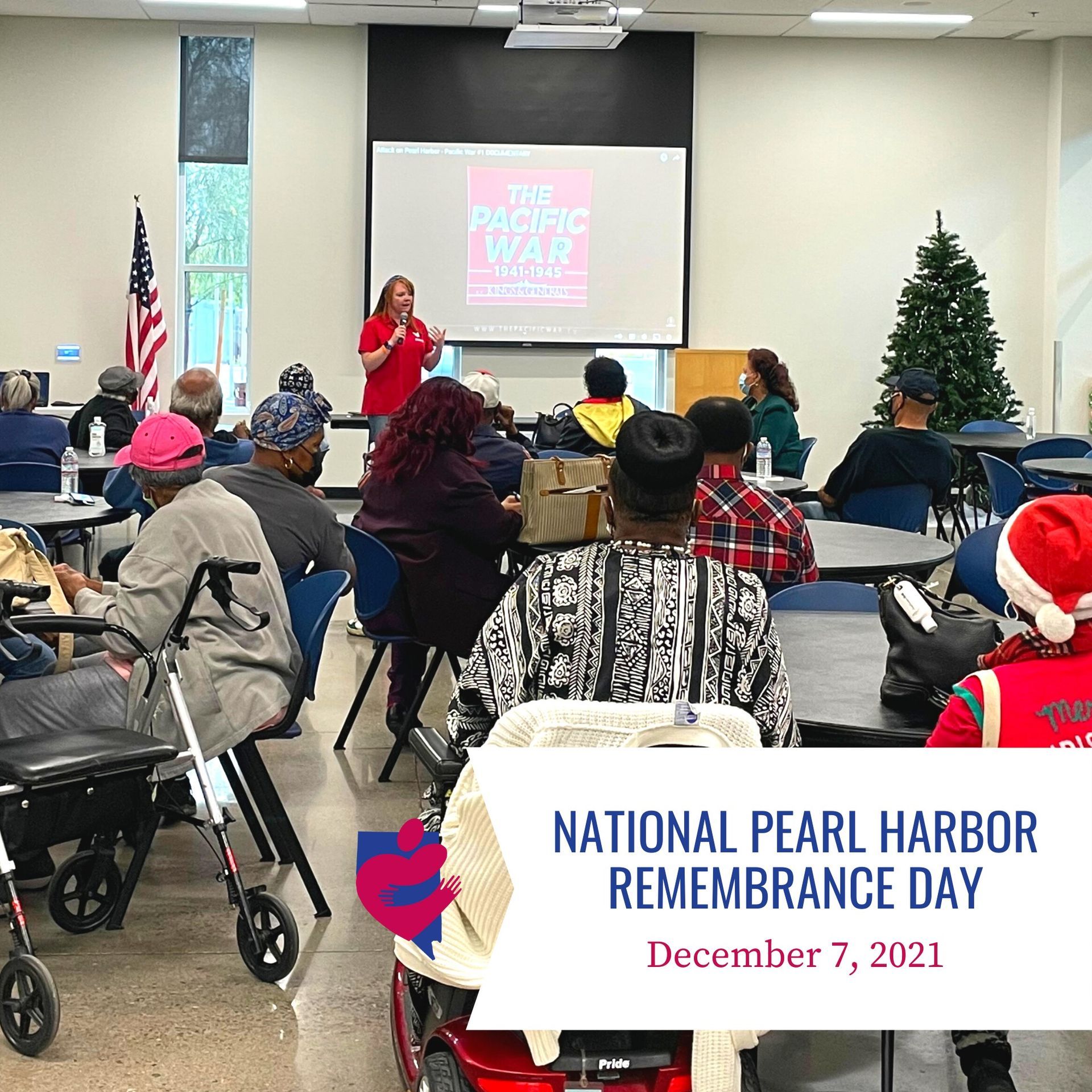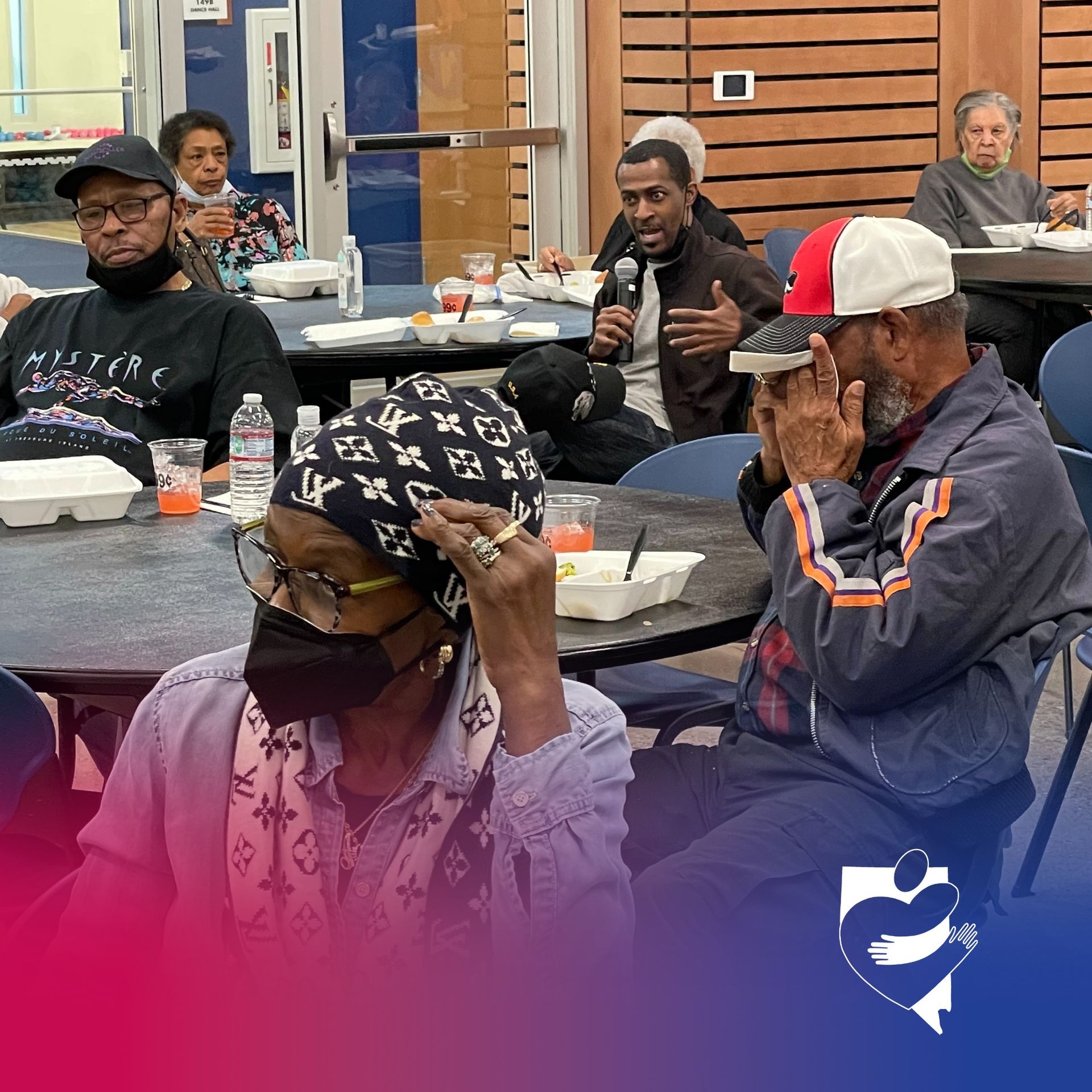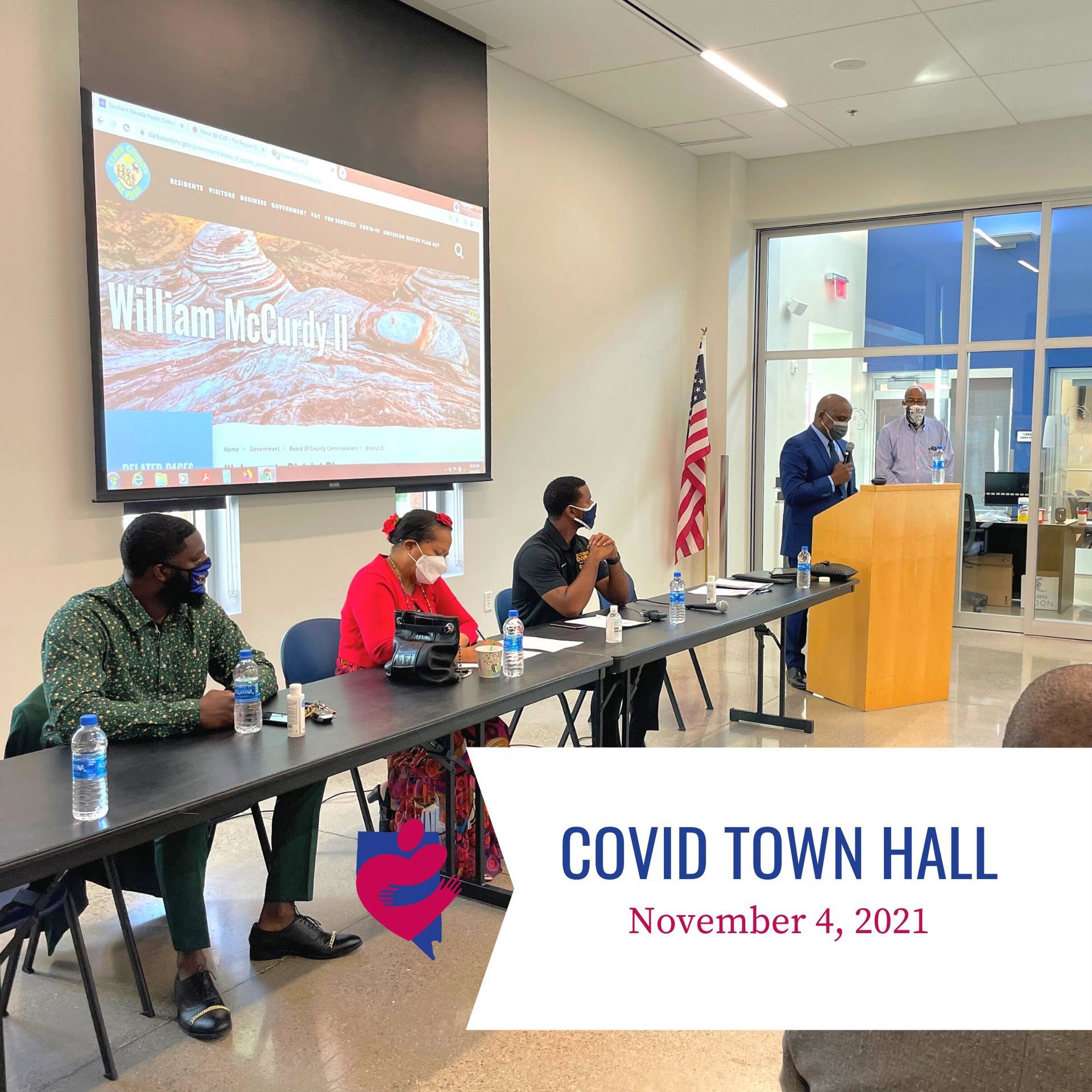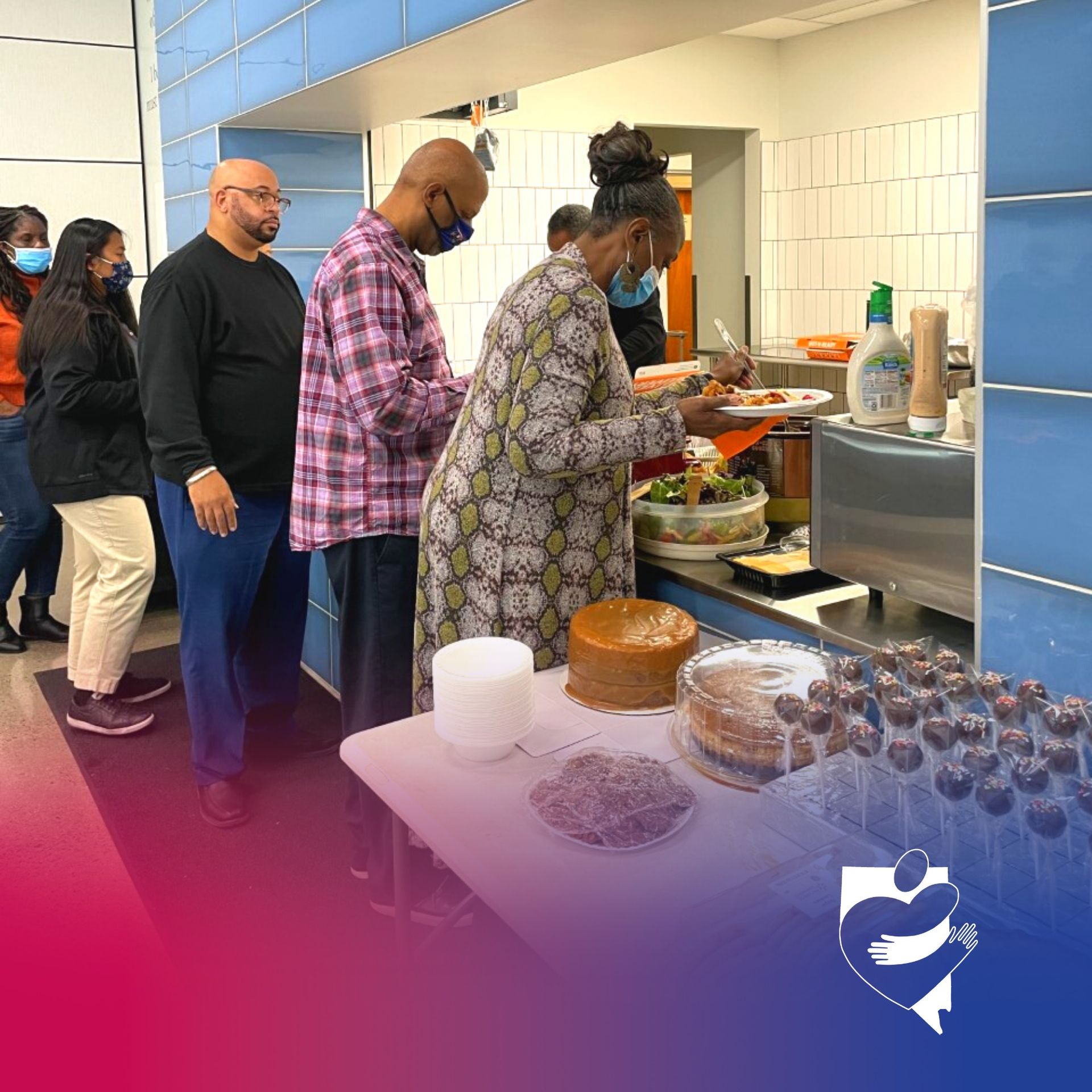dedicated to eliminating poverty in Southern Nevada
Working in partnership with community stakeholders, the Economic Opportunity Board (EOB) is committed to introducing and implementing programs, resources, and advocacy that lead to self-sufficiency and economic empowerment for low-income individuals and families. Learn more about our community action agency by using the button below, or browse our available programs.
EMPOWER AND ENGAGE
POWER 88 KCEP-FM
Listen to Power 88 KCEP-FM, a local radio station providing knowledge through dynamic programming, creating connections through effective partnerships, and actively engaging the community with a vital public radio presence.
The Martin Luther King Jr. Senior Center serves adults ages 55 and older seeking access to services and information to improve, enhance, and empower their quality of life.
Make an Impact. Volunteer or Donate Today!
Changing lives in our community
The Economic Opportunity Board of Clark County works to change people’s lives, embody the spirit of hope, improve communities, and make America a better place to live. We care about the entire community, and we are dedicated to helping people help themselves and each other. Learn more about the assistance that EOB offers using the following buttons.
FIGHTING POVERTY FOR OVER 55 YEARS
The Economic Opportunity Board (EOB) of Clark County was the regional legal body responsible for receiving and administering funds allocated under the Economic Opportunity Act, a part of the Johnson Administration's War on Poverty Program. EOB was incorporated in the State of Nevada in September 1964 and opened its first office on April 5, 1965, with a staff of four and a program development grant of $25,000. The agency’s purpose was the same then as it is now: to fight poverty. EOB is one of 12 community action agencies in the state of Nevada and a member of more than 1,000 agencies in the national Community Action Network. Use the button below to learn more about our programs.
Announcements
Stay up-to-date with EOB news and announcements! Have a question? Contact us today.
CALENDAR
28
29
30
1
2
3
4
5
6
7
8
9
10
11
12
13
14
15
16
17
18
19
20
21
22
23
24
25
26
27
28
29
30
31
1
Family Supportive Services
Workforce Supportive Services
Martin Luther King Jr. Senior Center
Community Action Agency Programs
We offer a number of programs meant to help individuals and families living in our community. Click on the buttons to learn more about our community action agency programs, or contact us, and we will be happy to answer any questions. Want to help us make a difference in the community? Donate today!
Frequently Asked Questions
Community Action Agency
SEND US A MESSAGE
Have a question? We are here to help. Send us a message, and we’ll be in touch.

